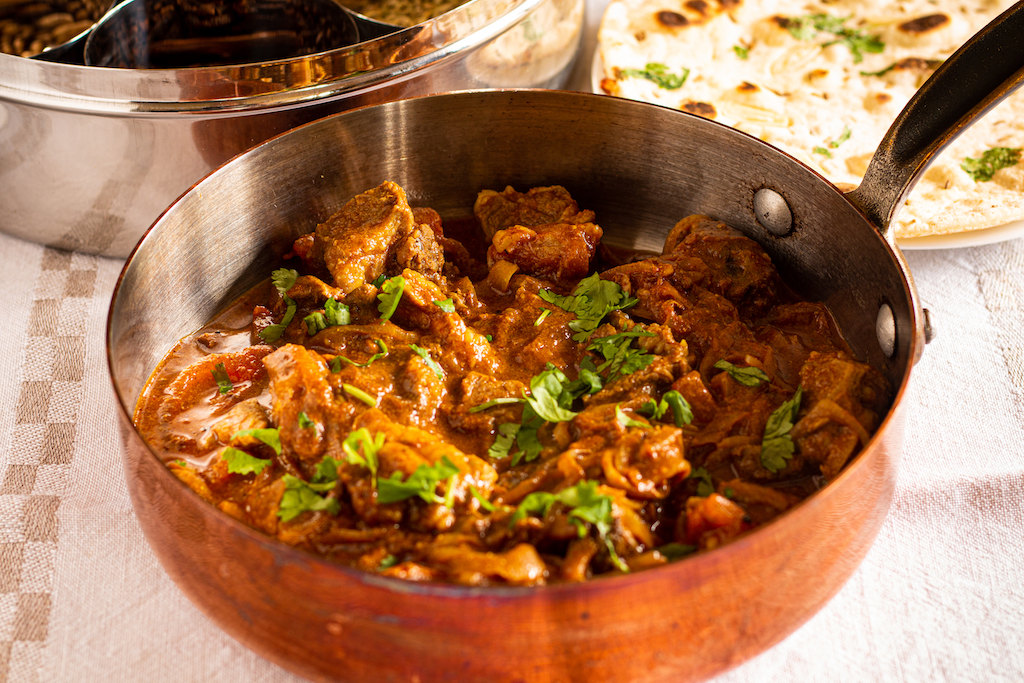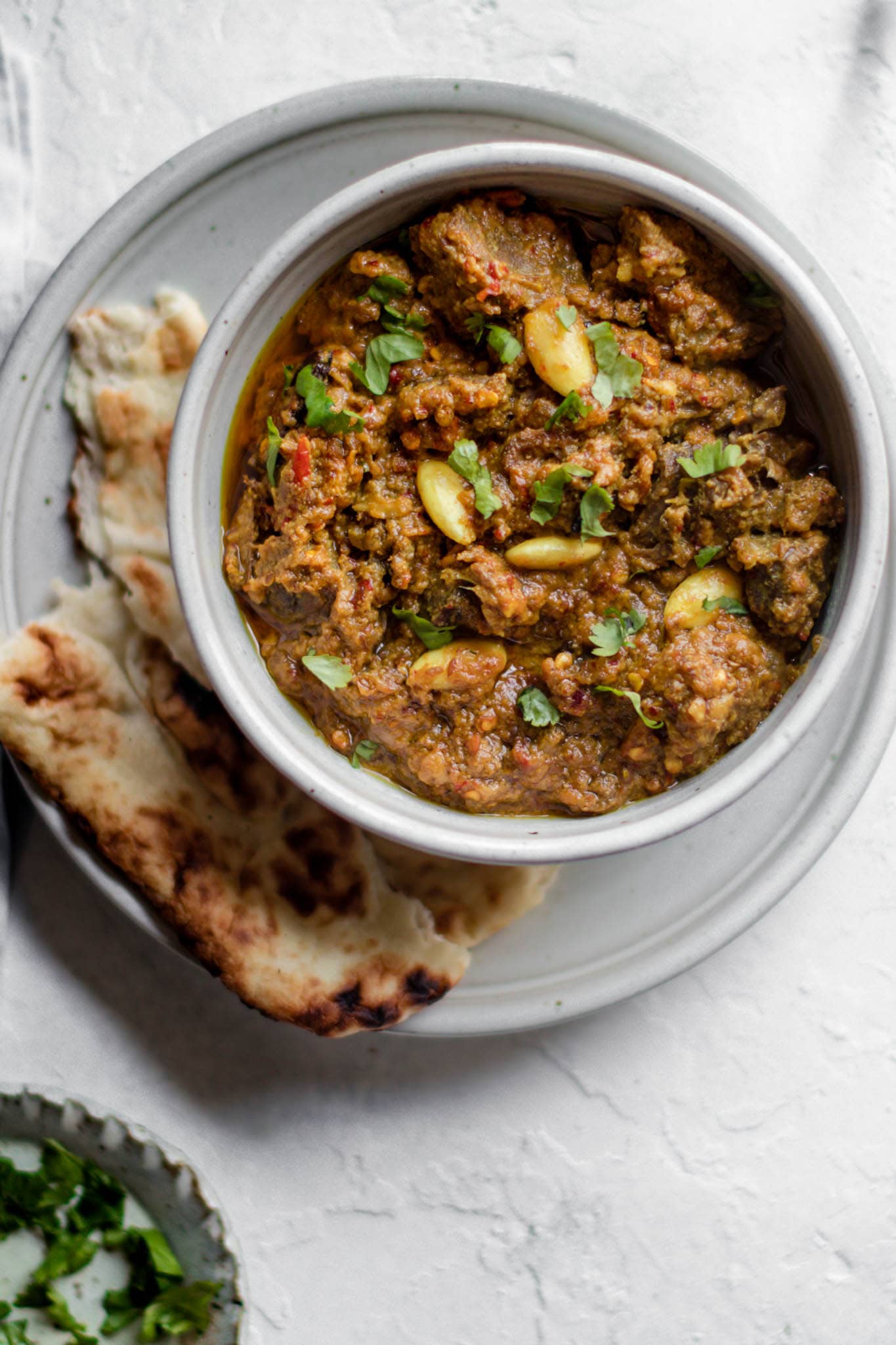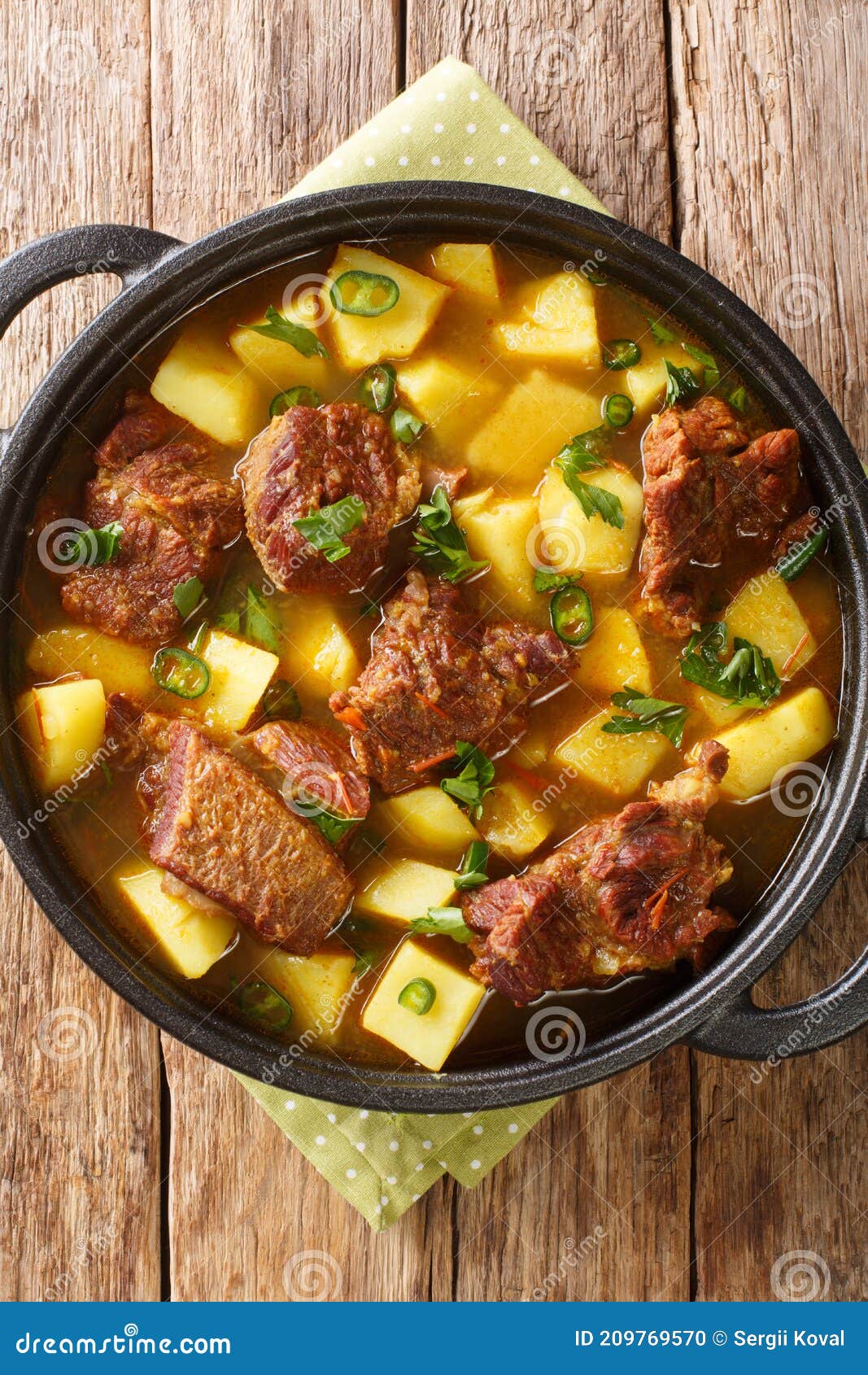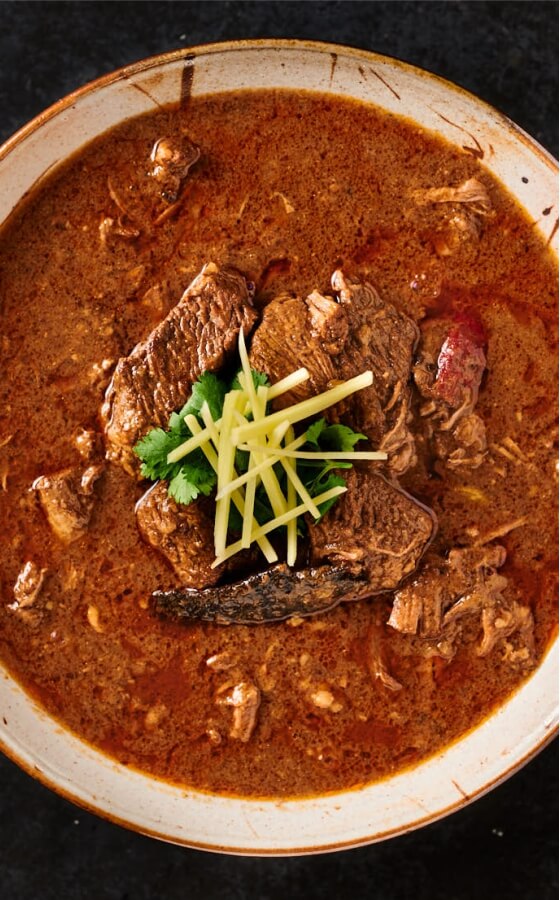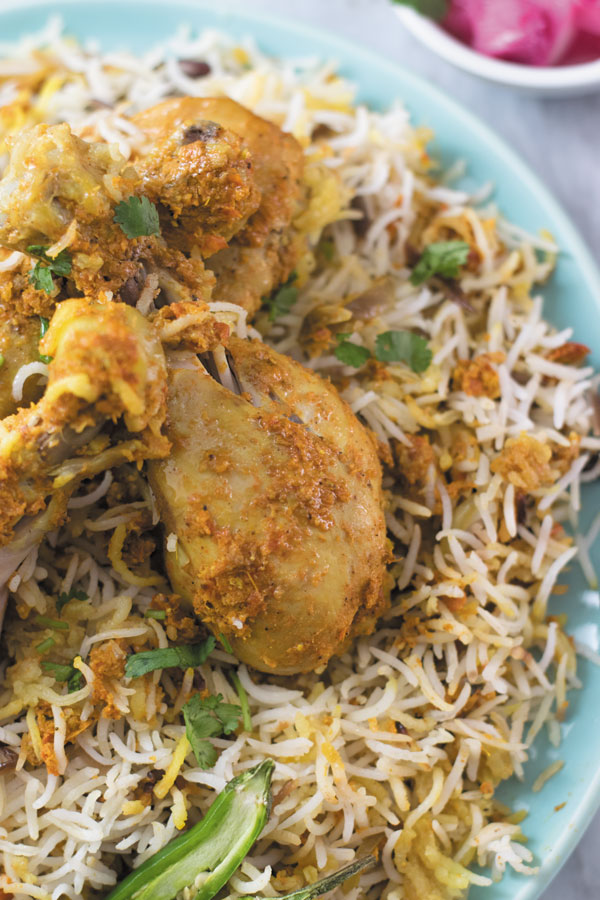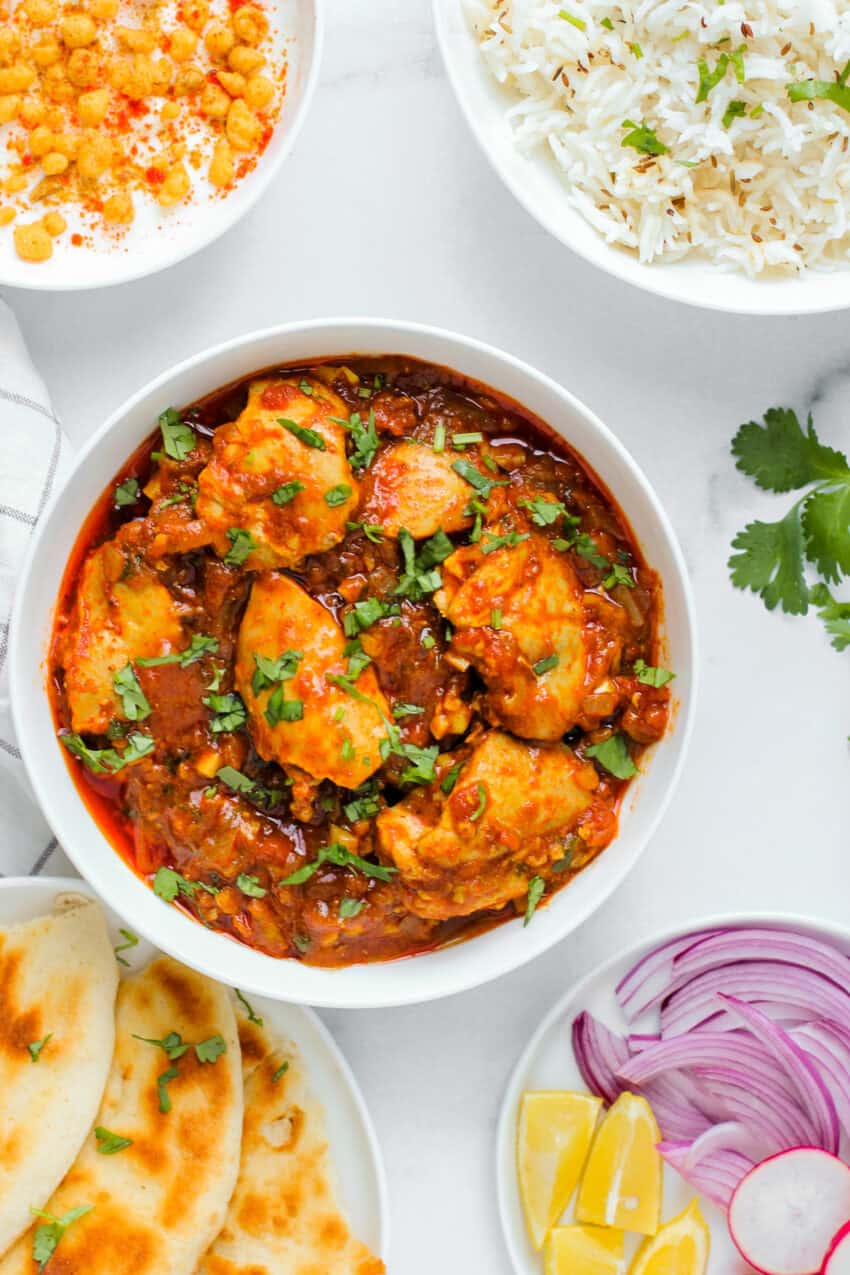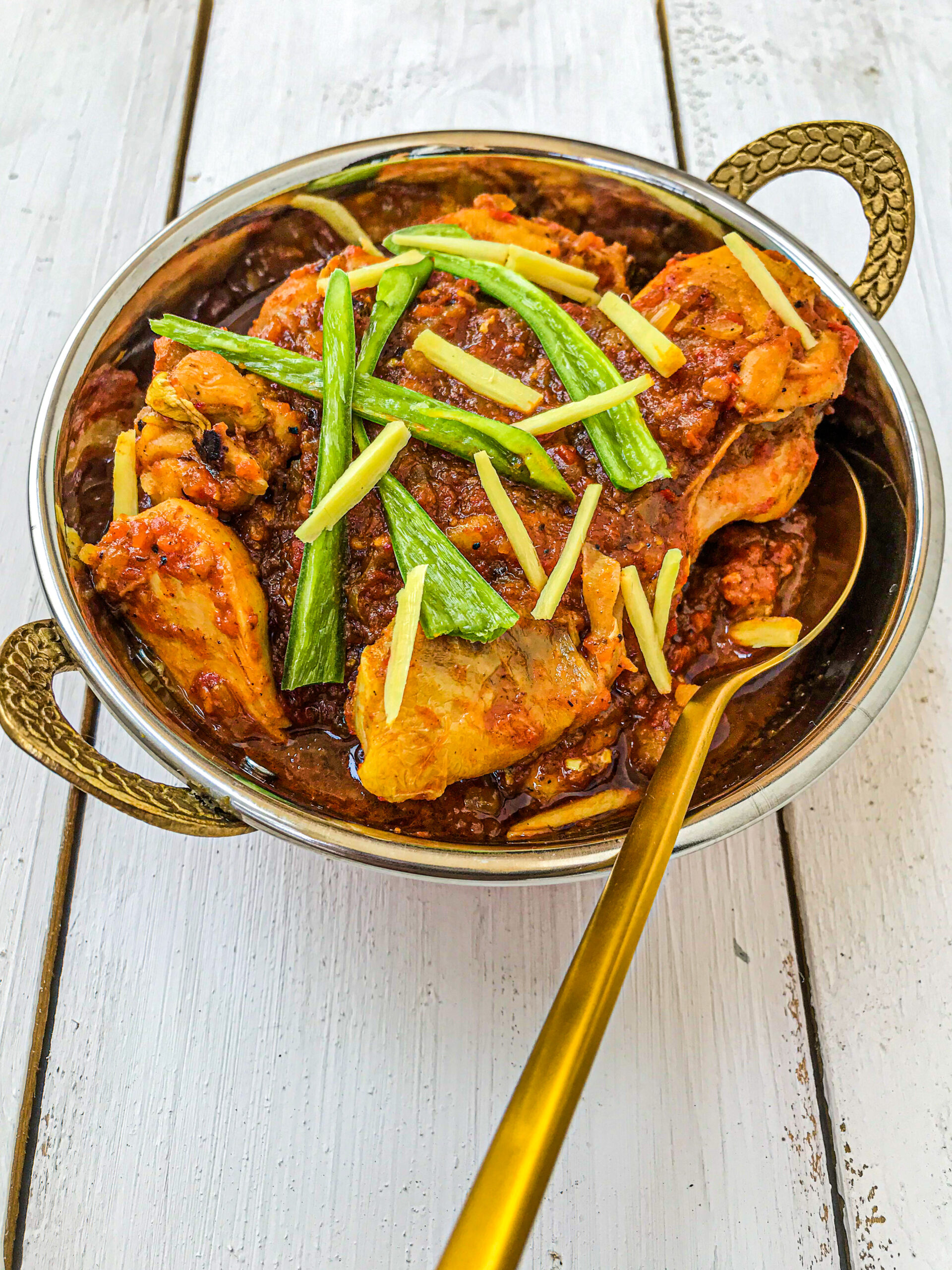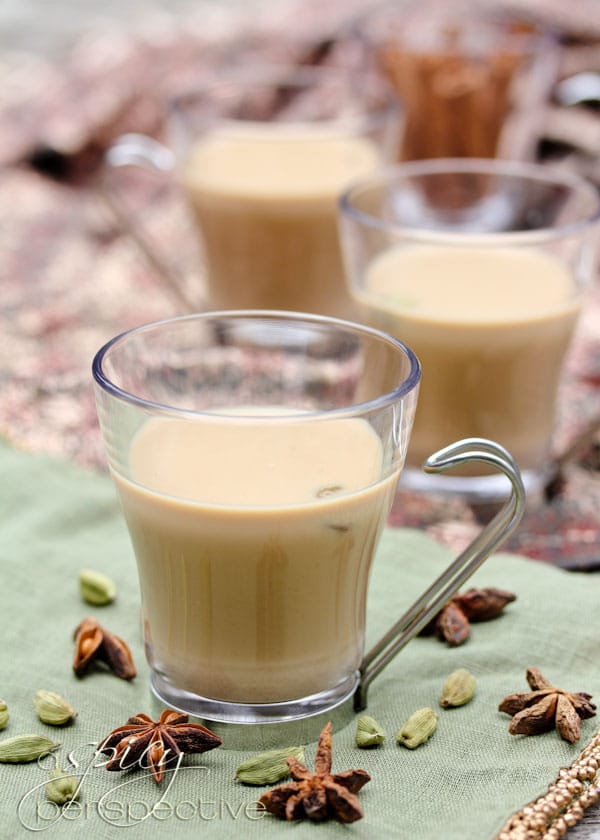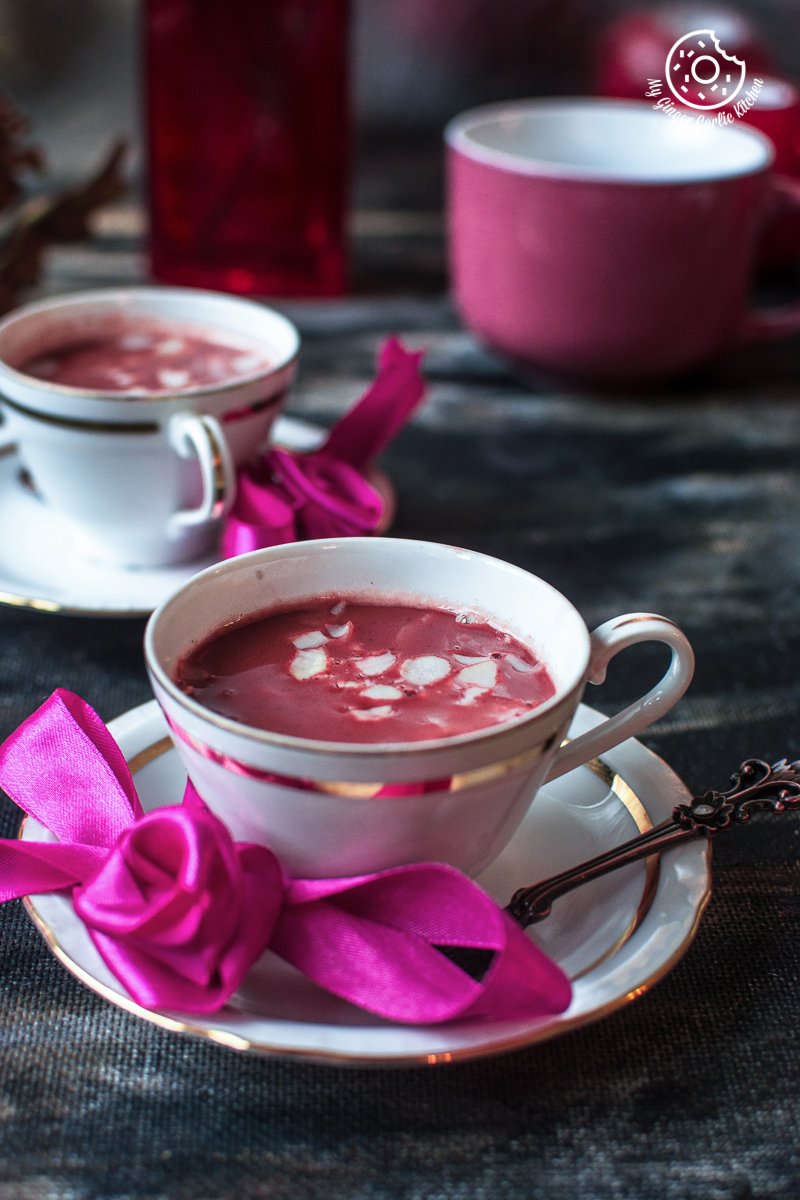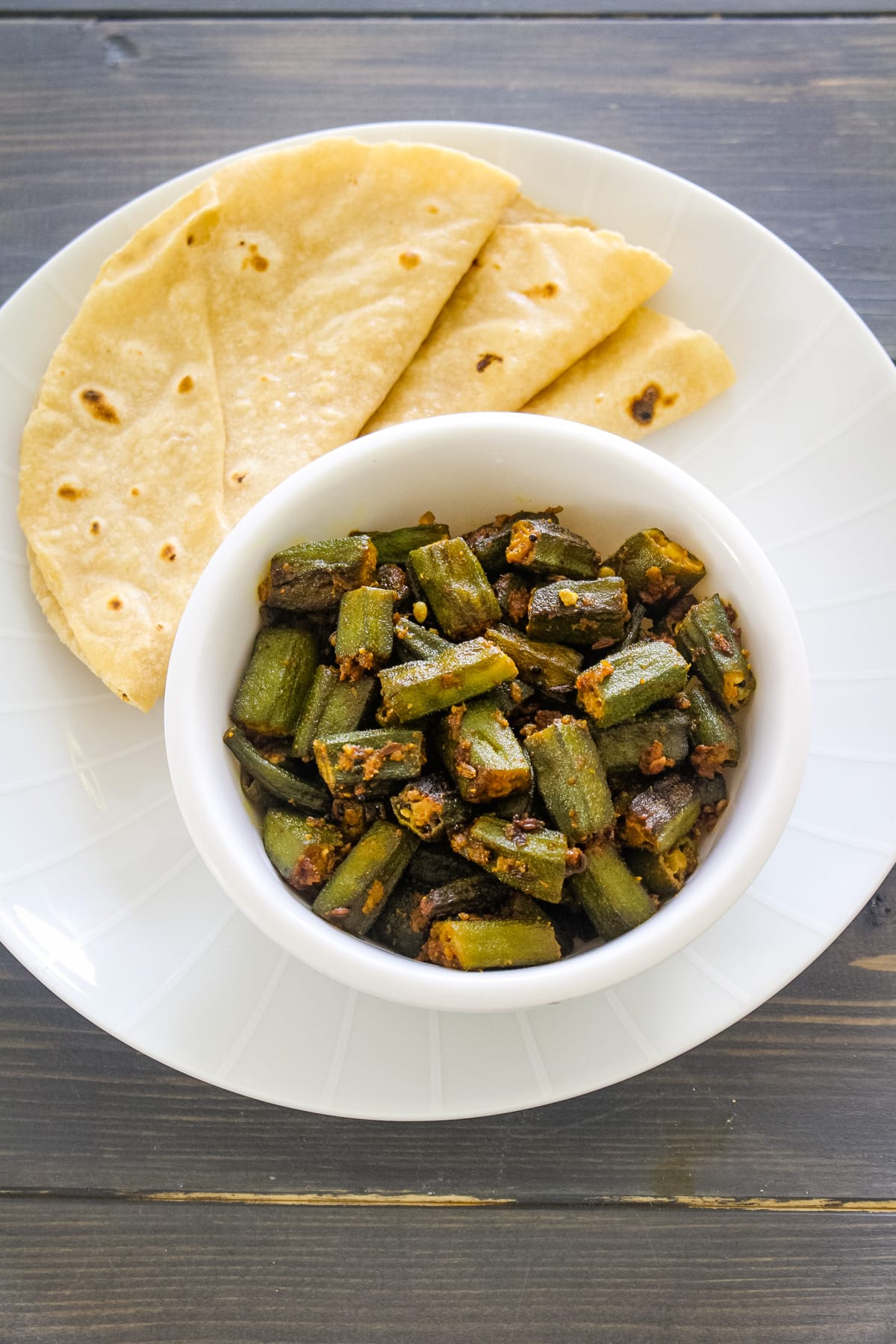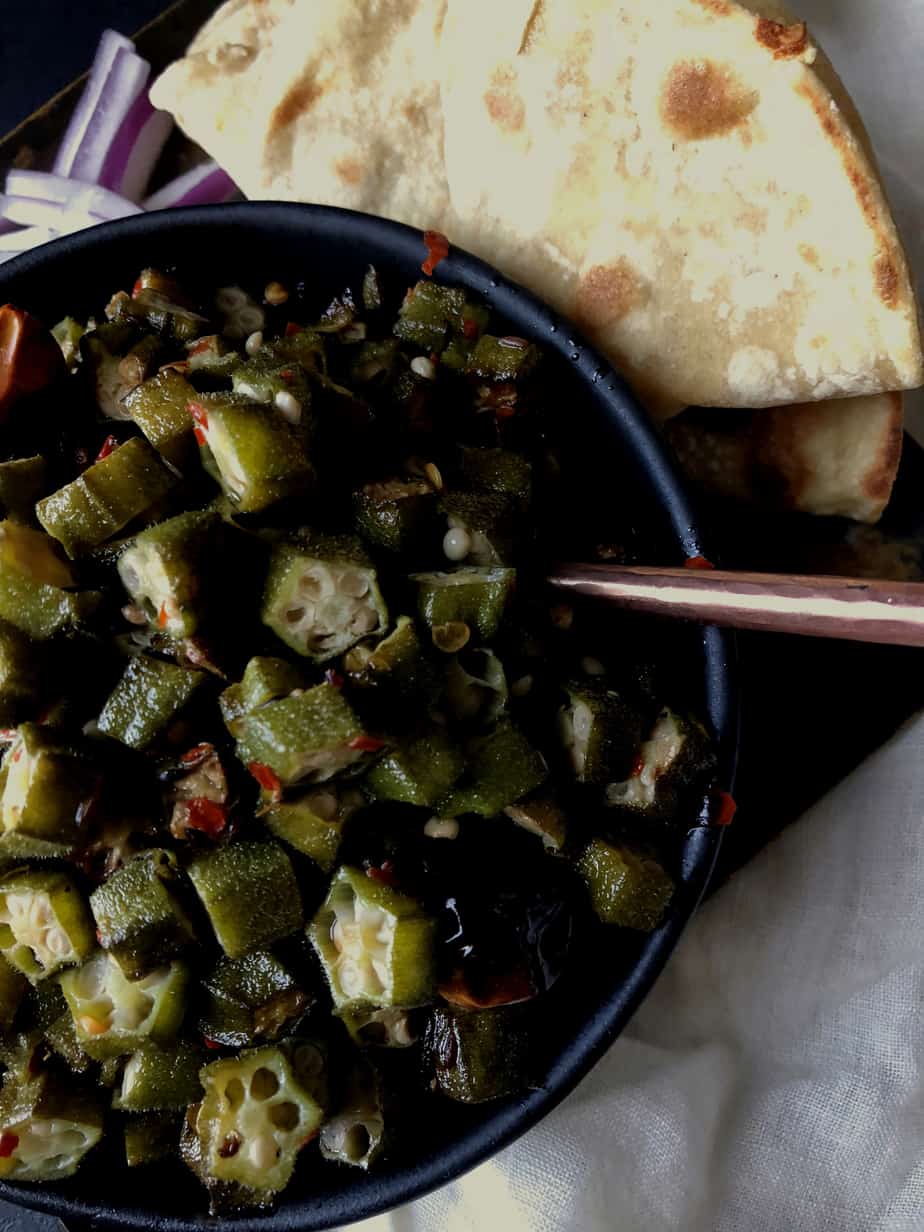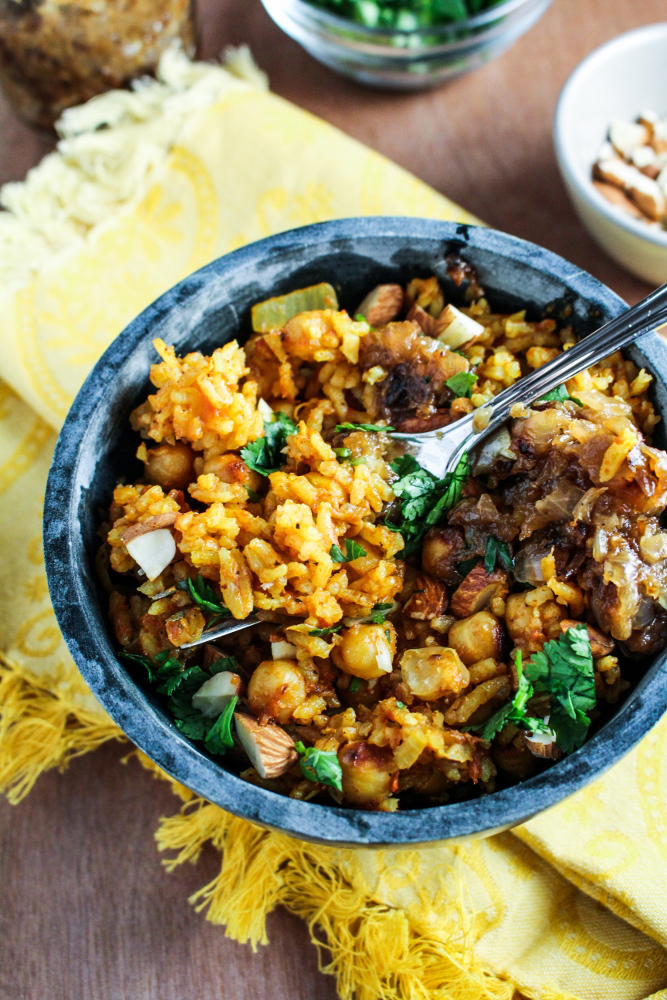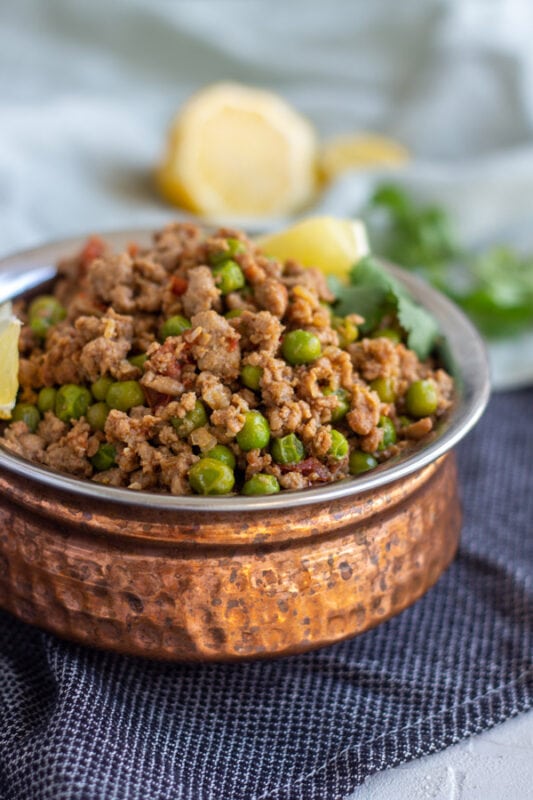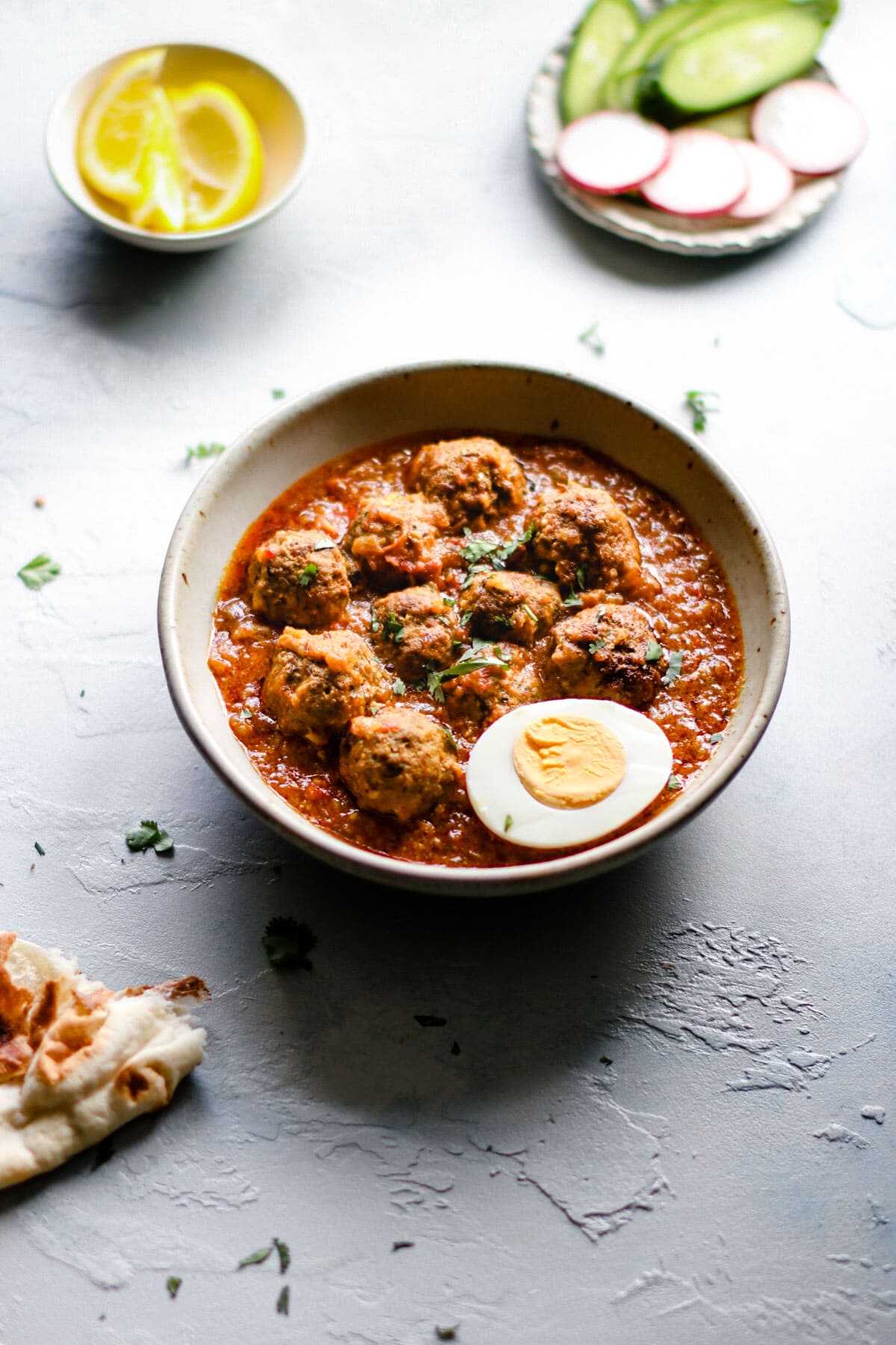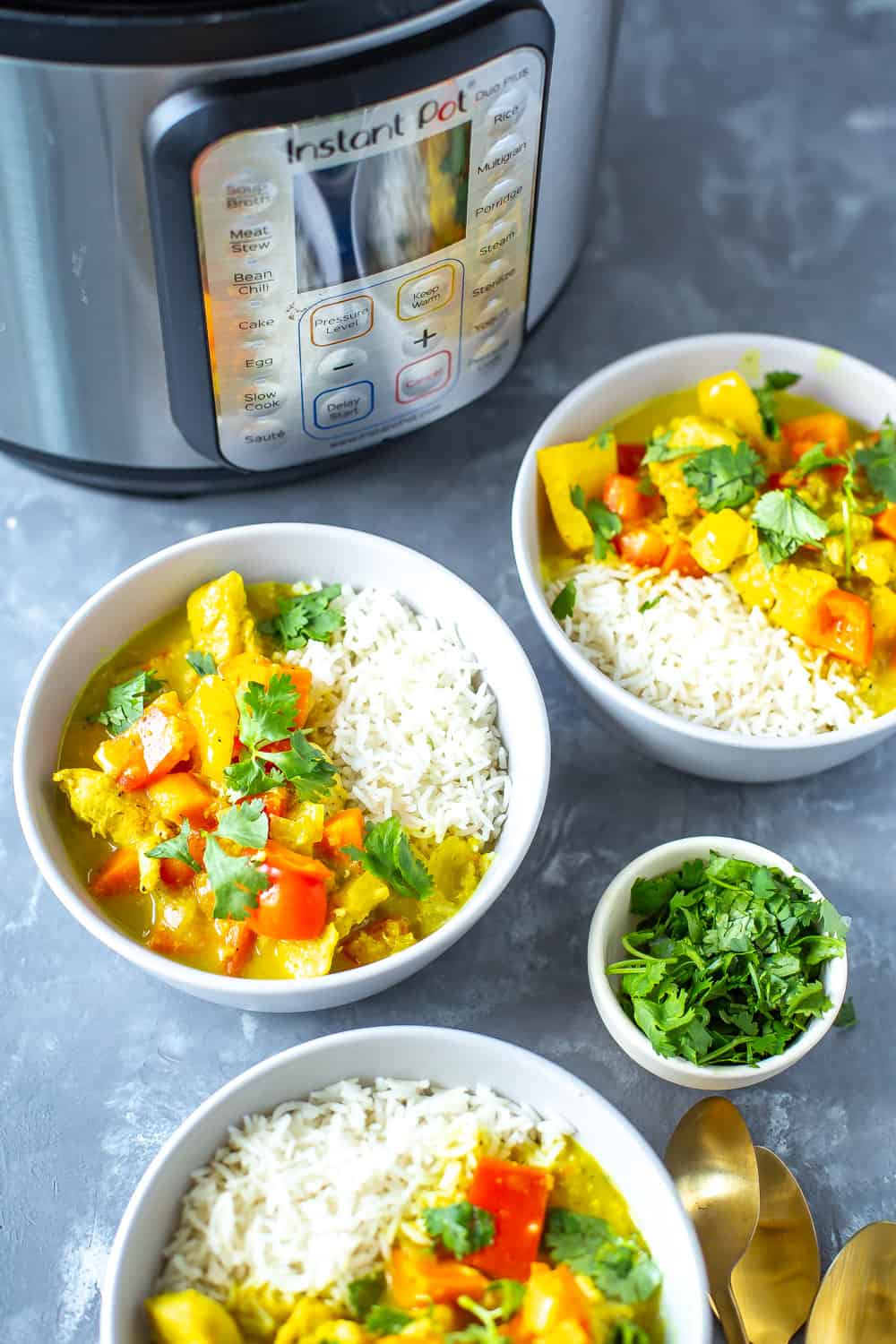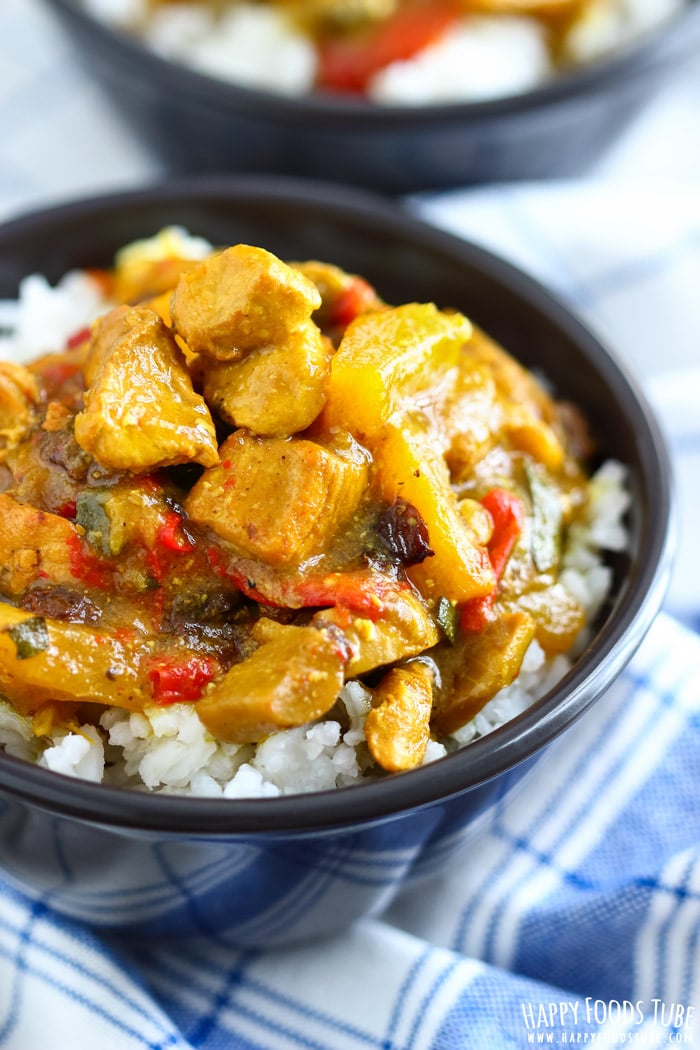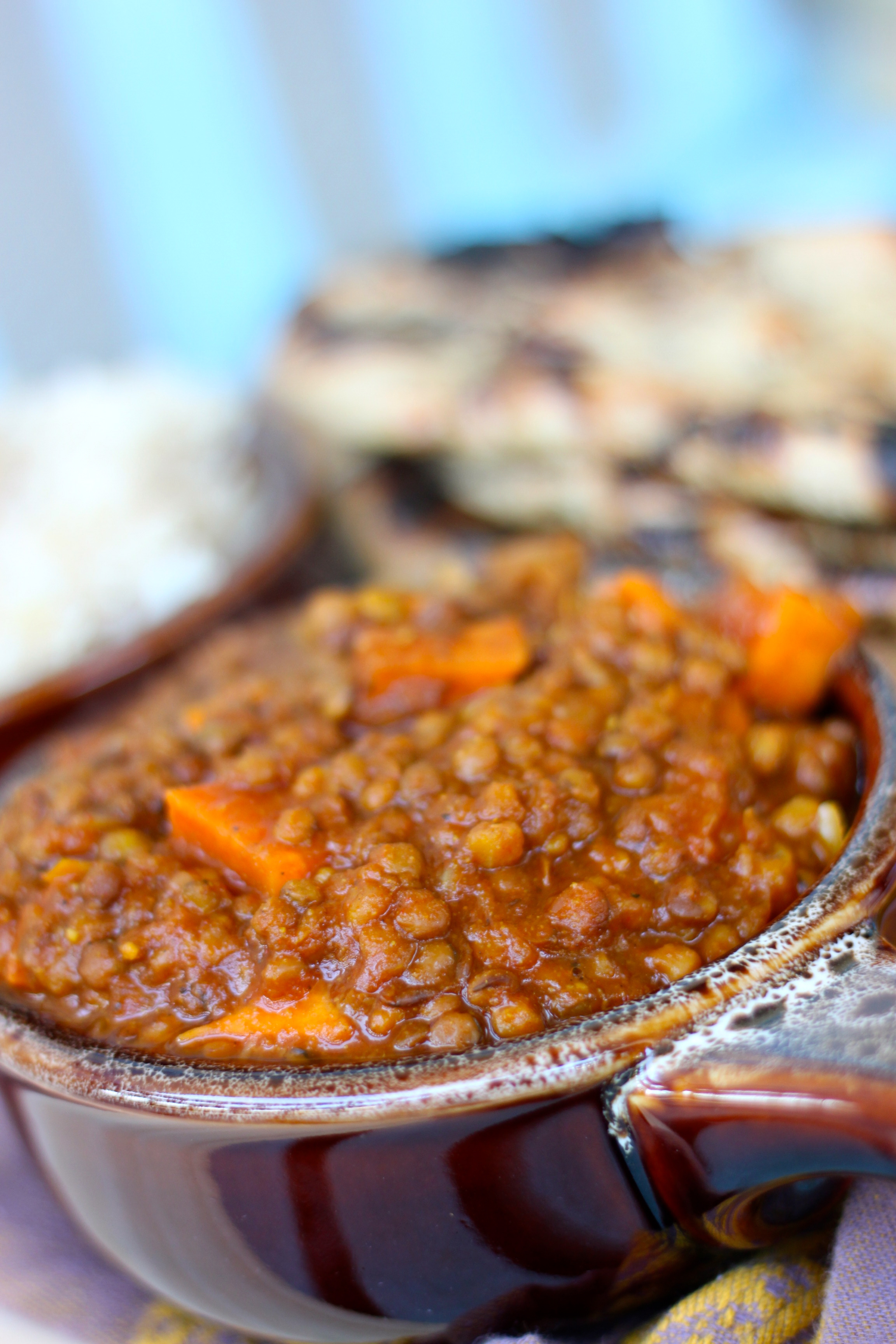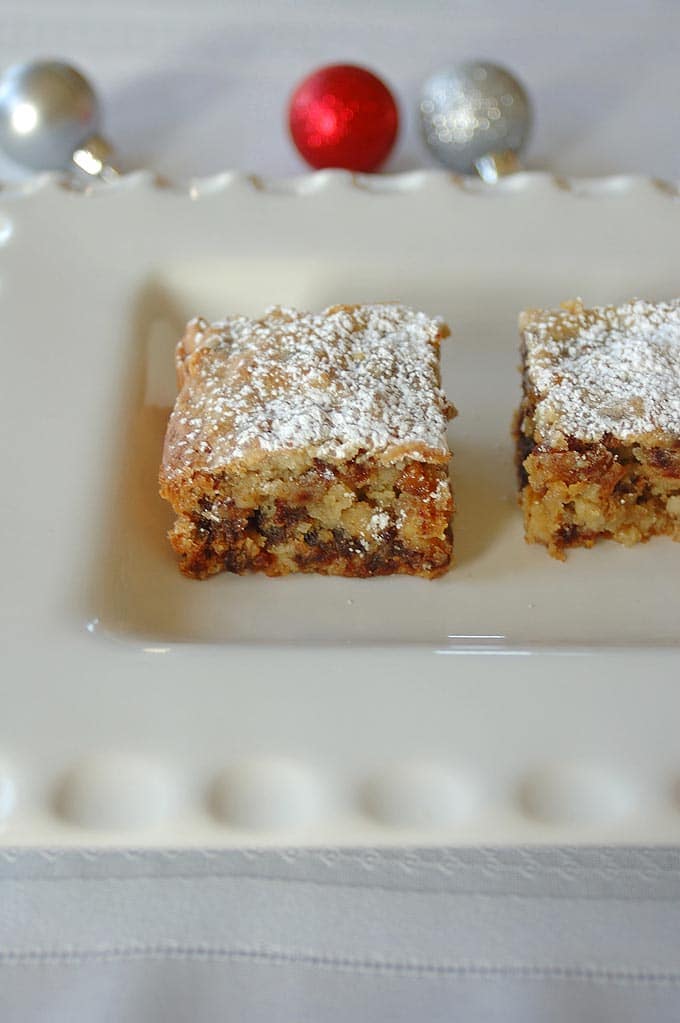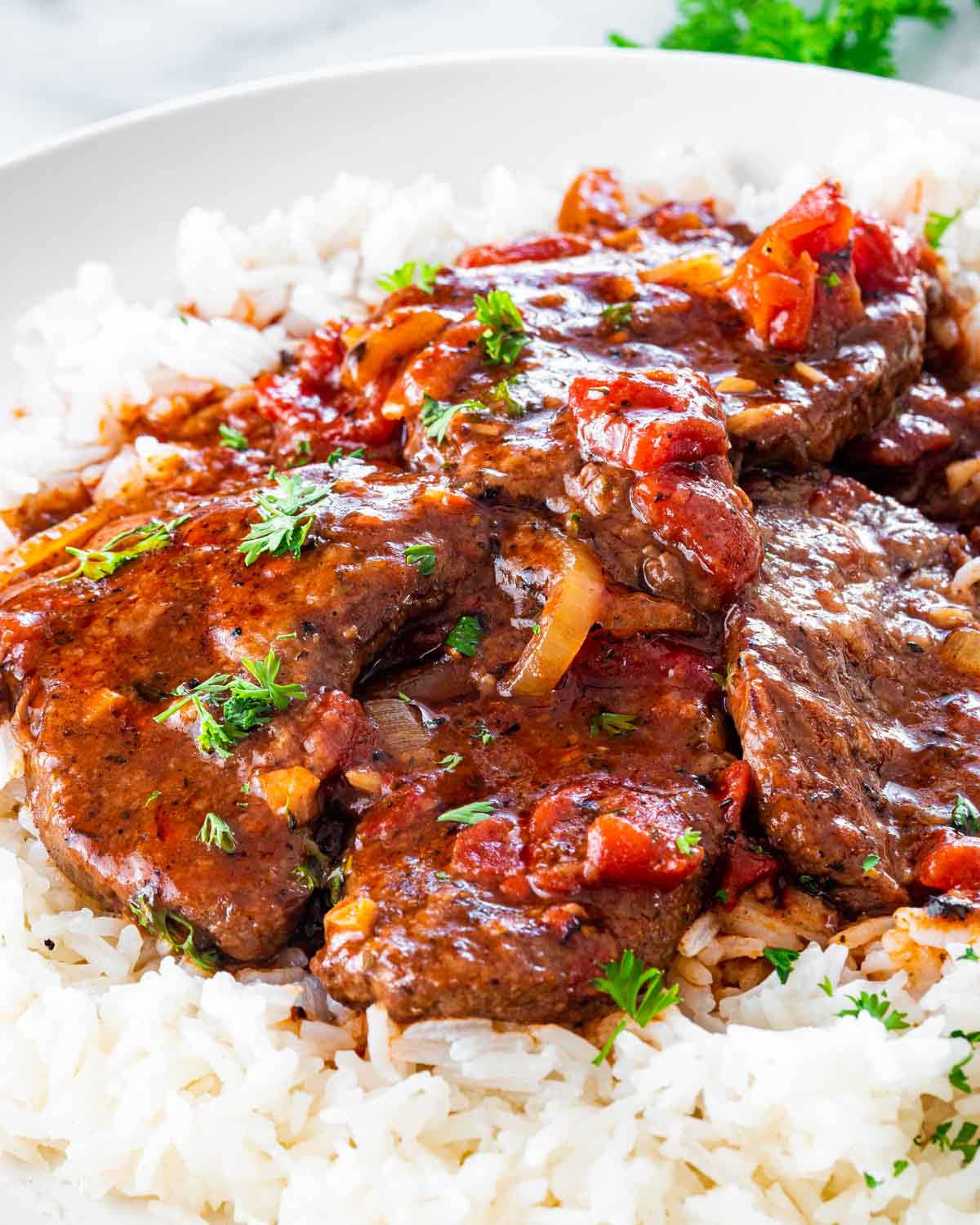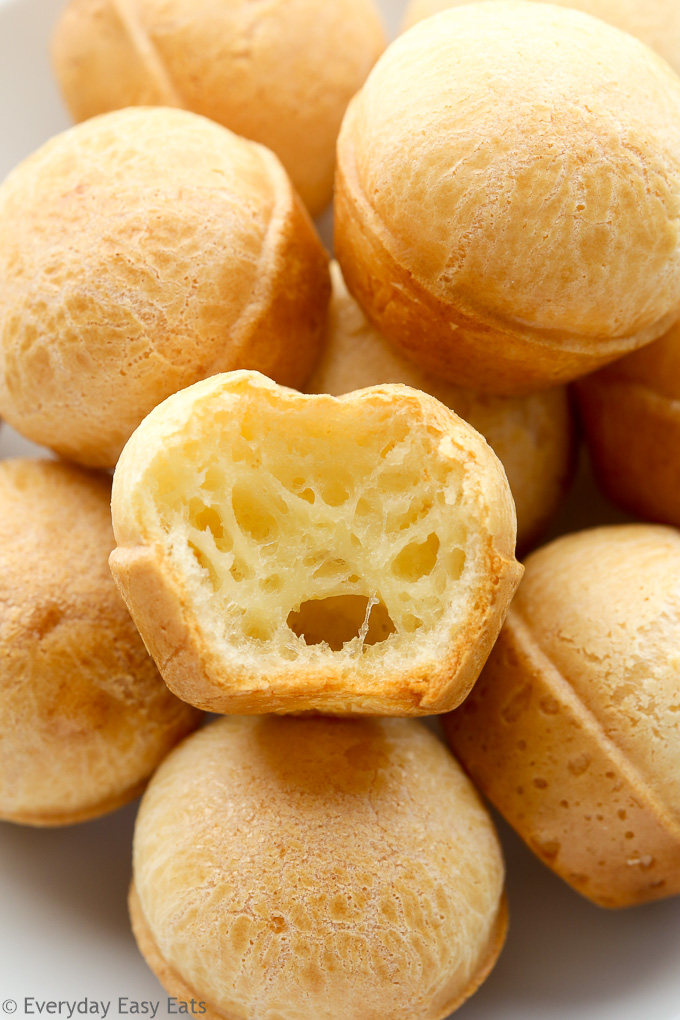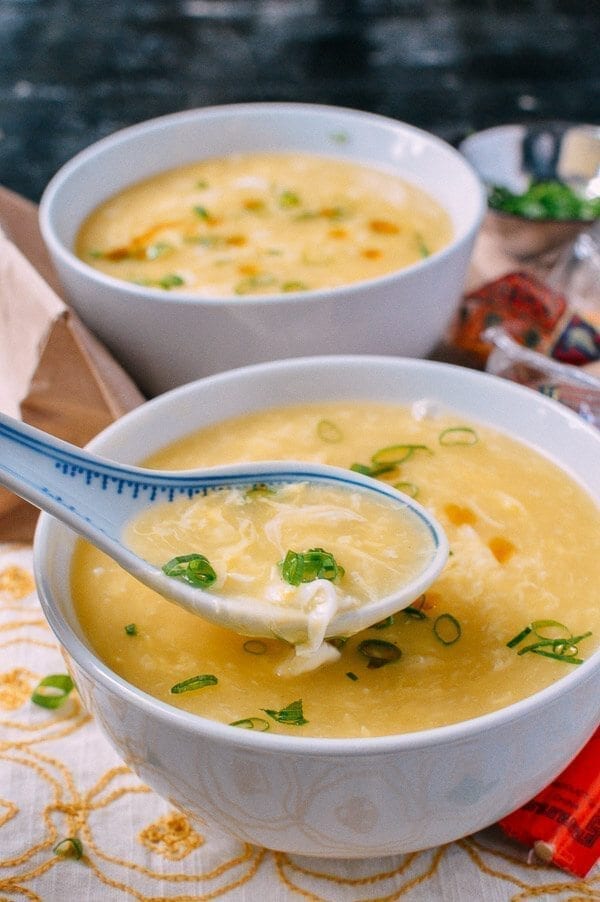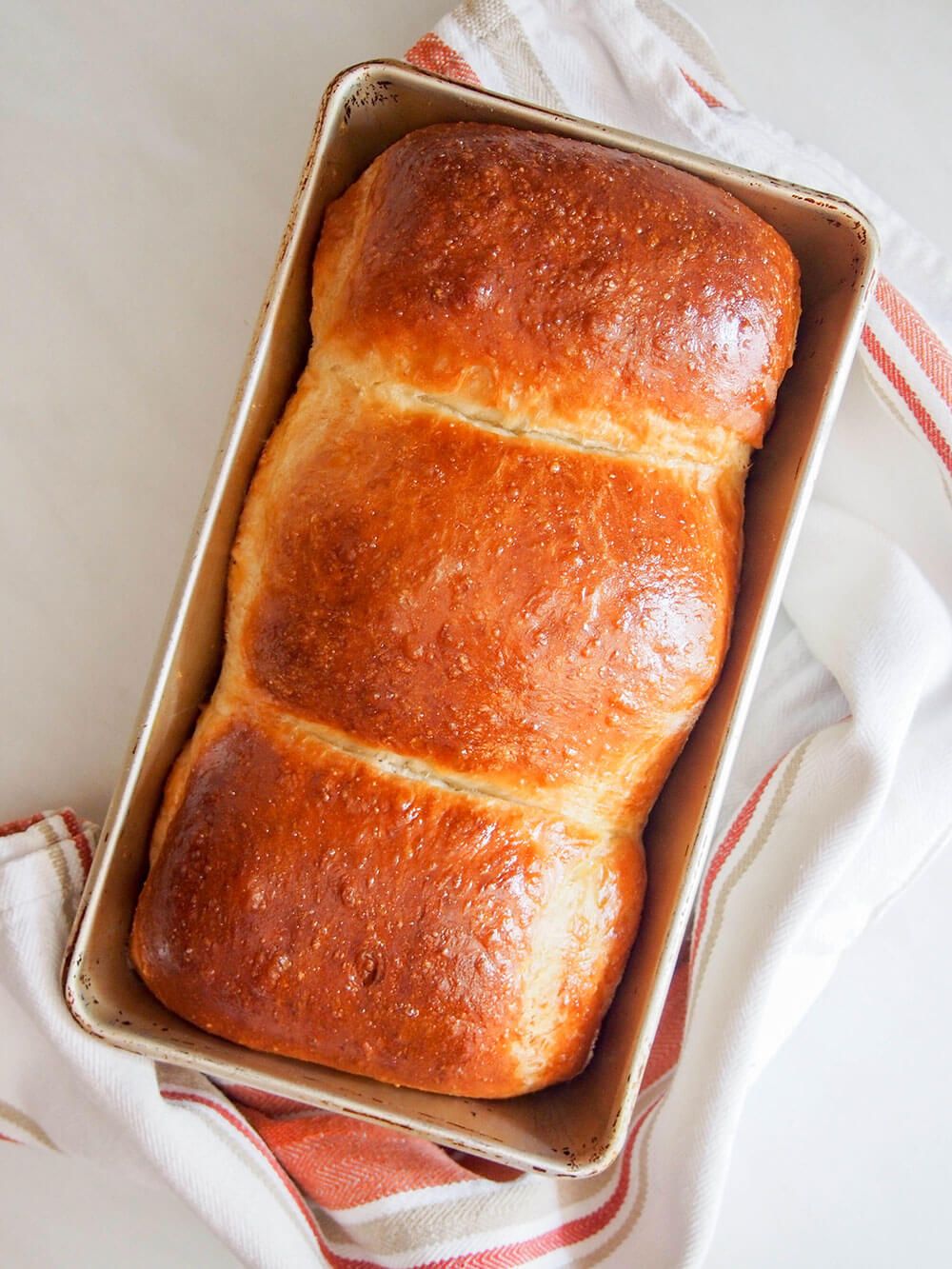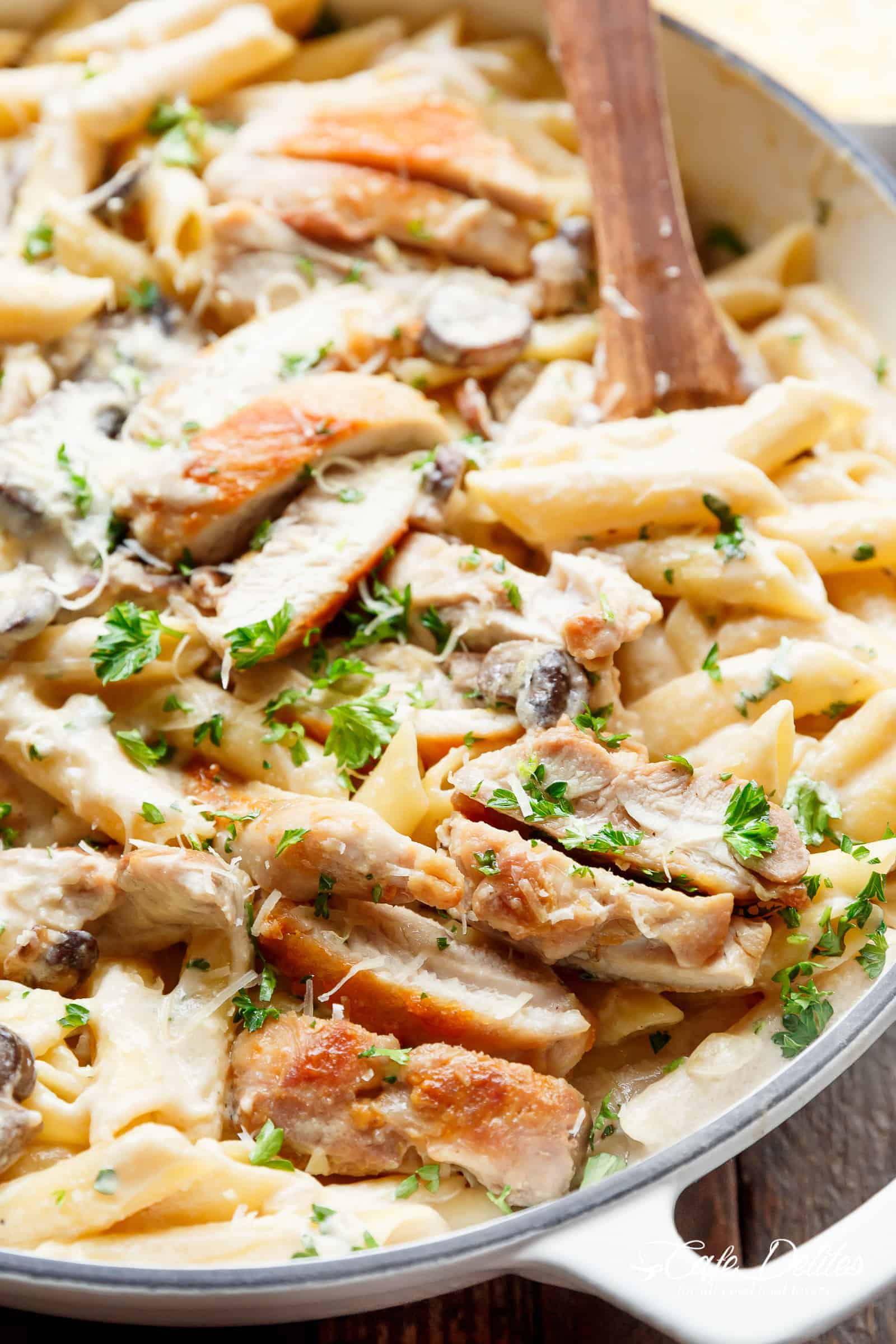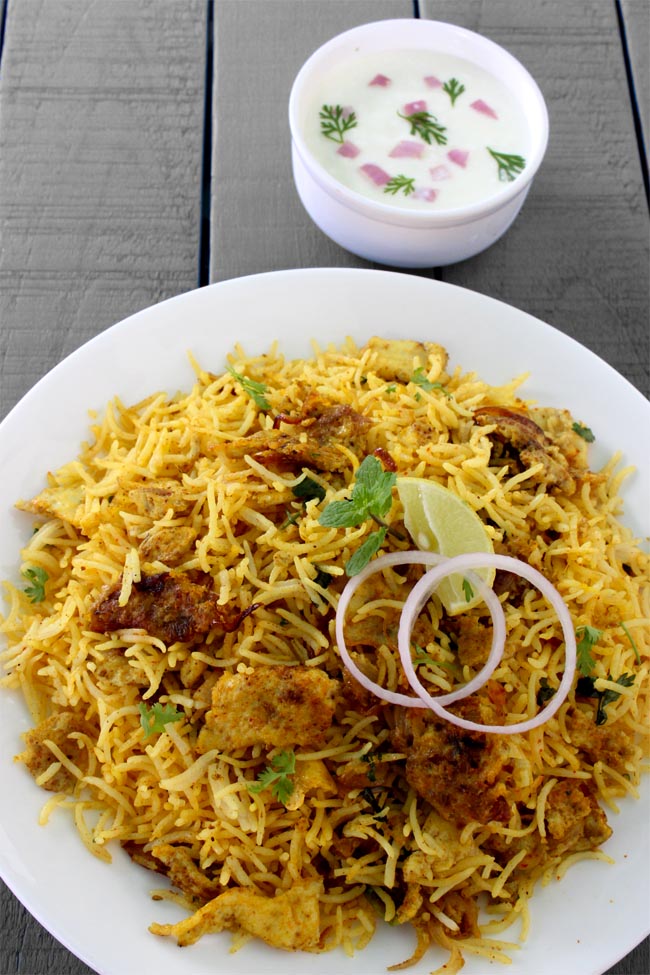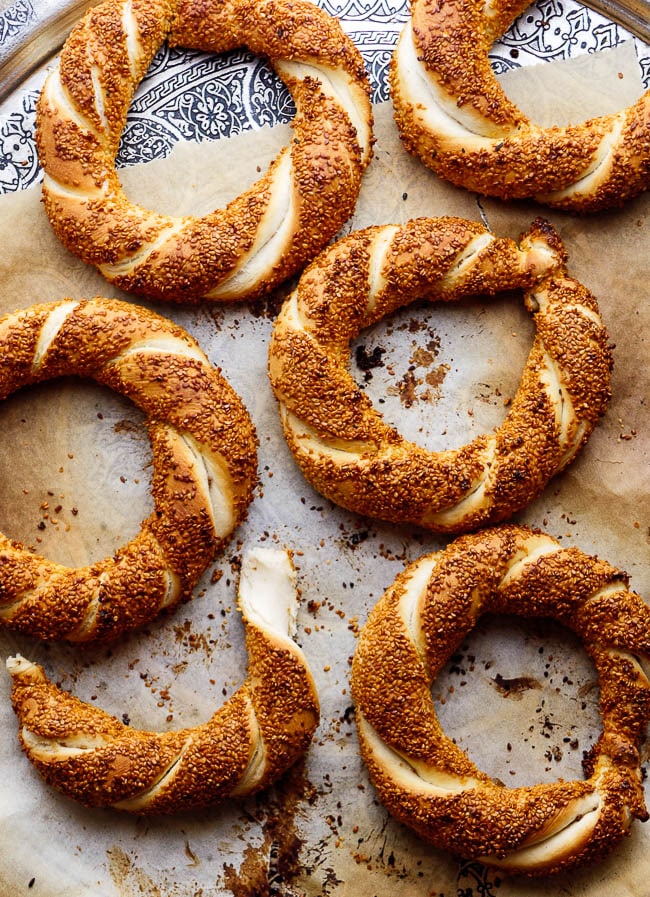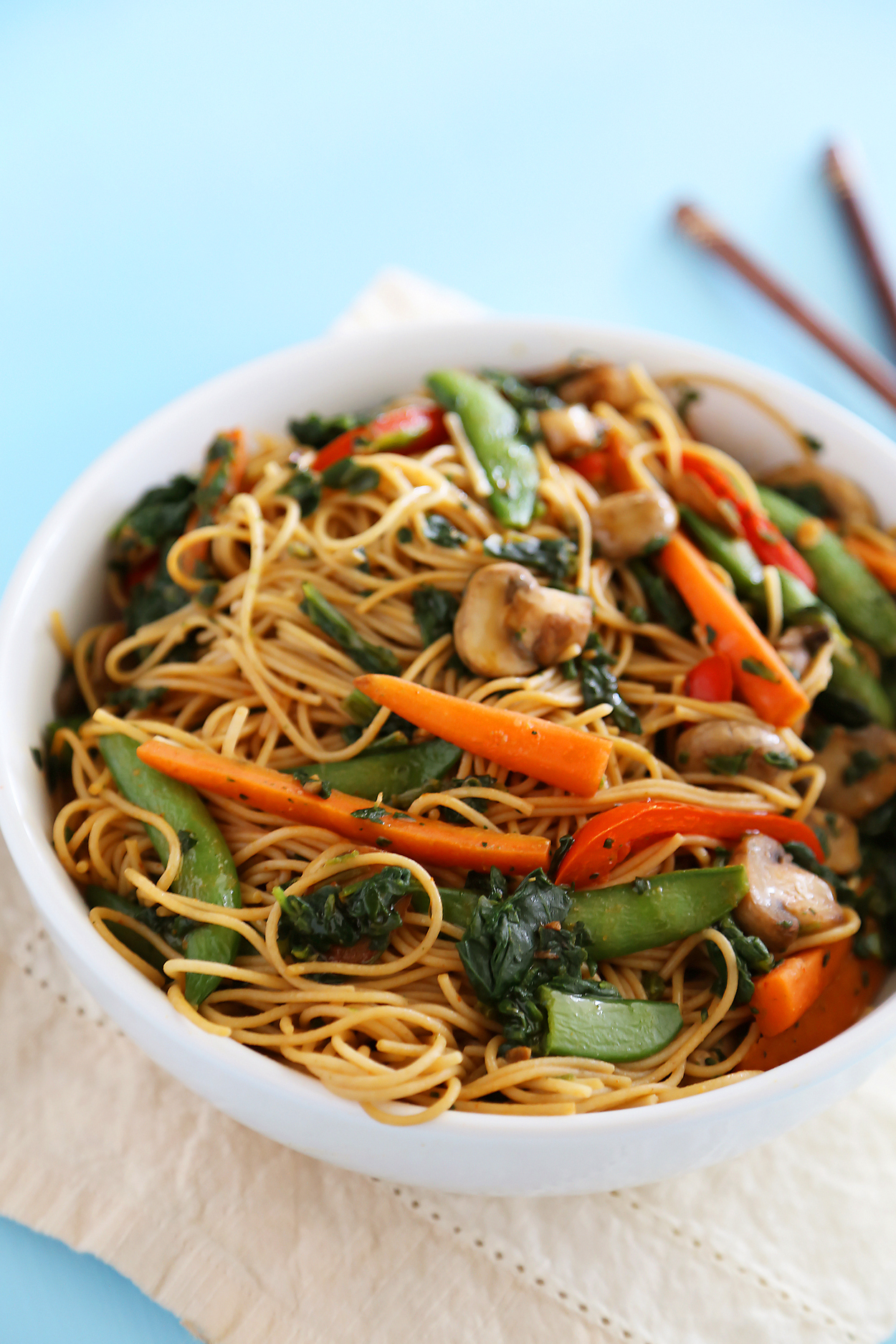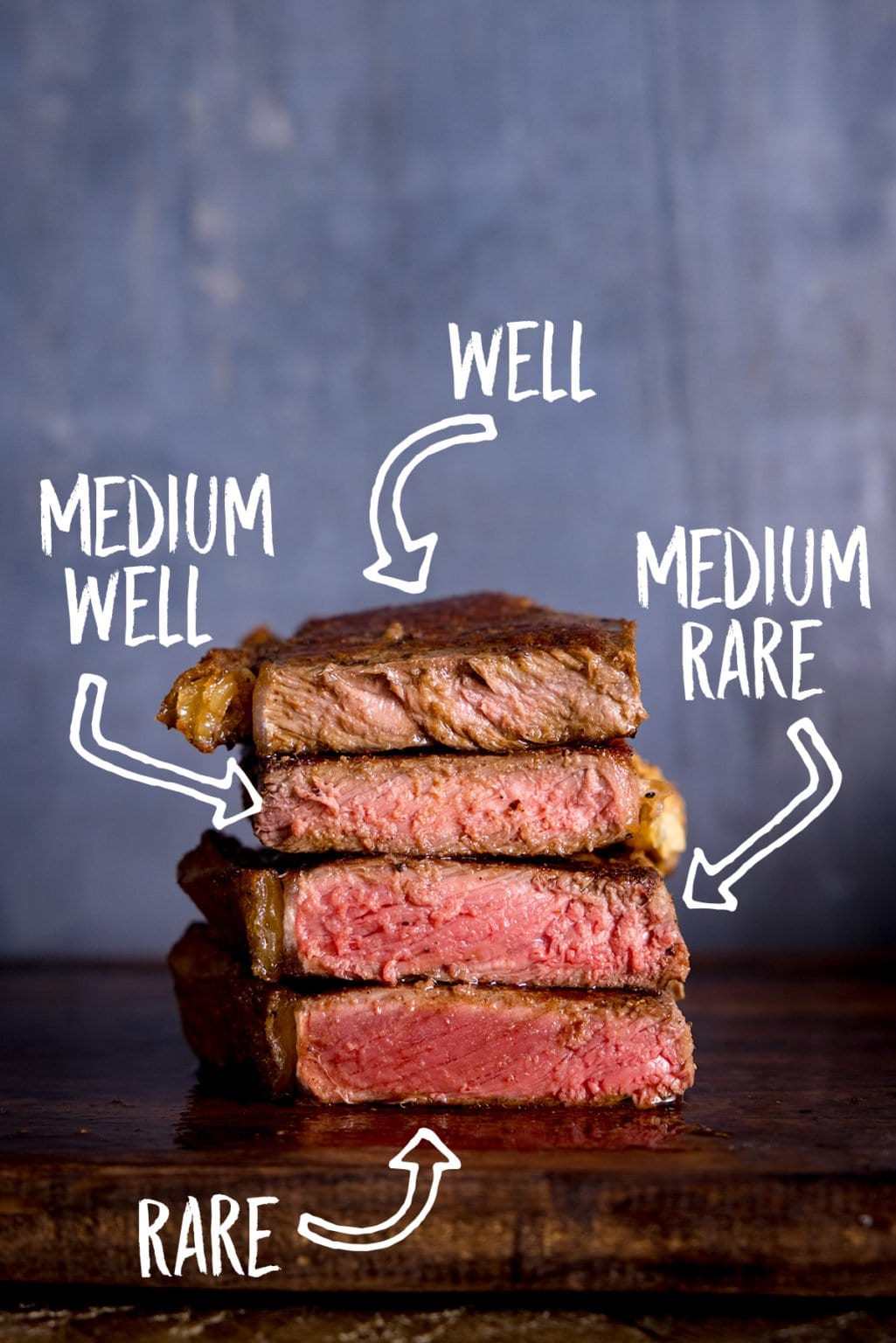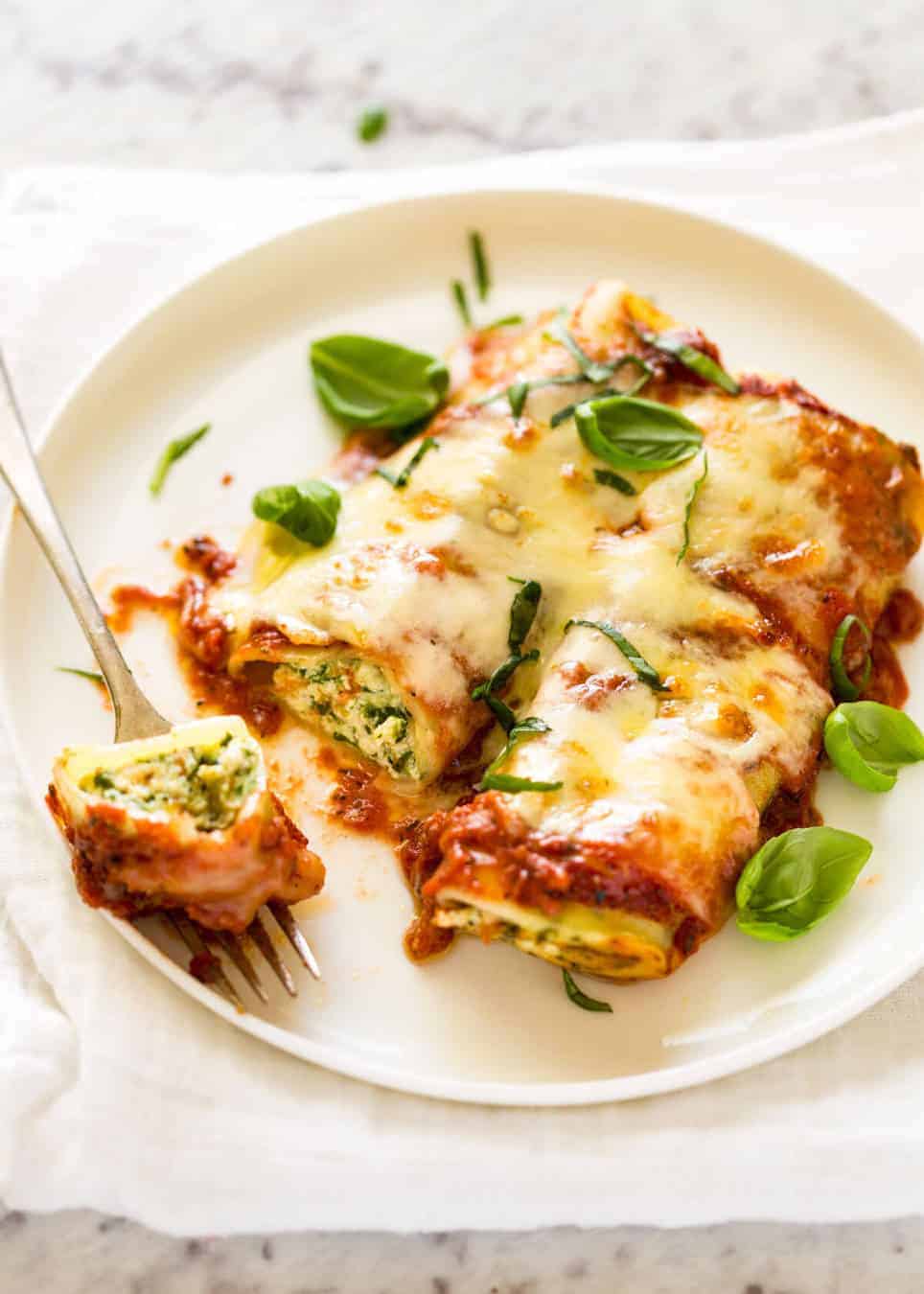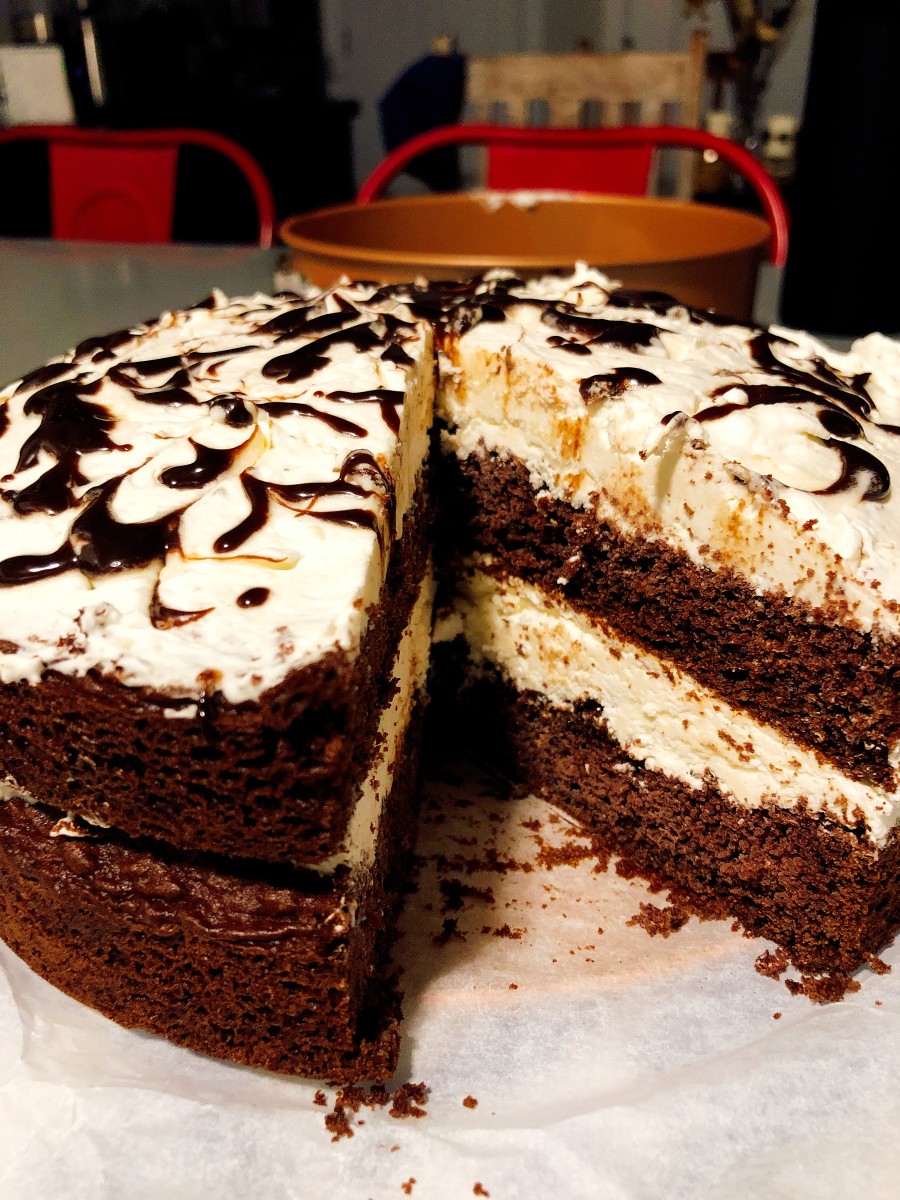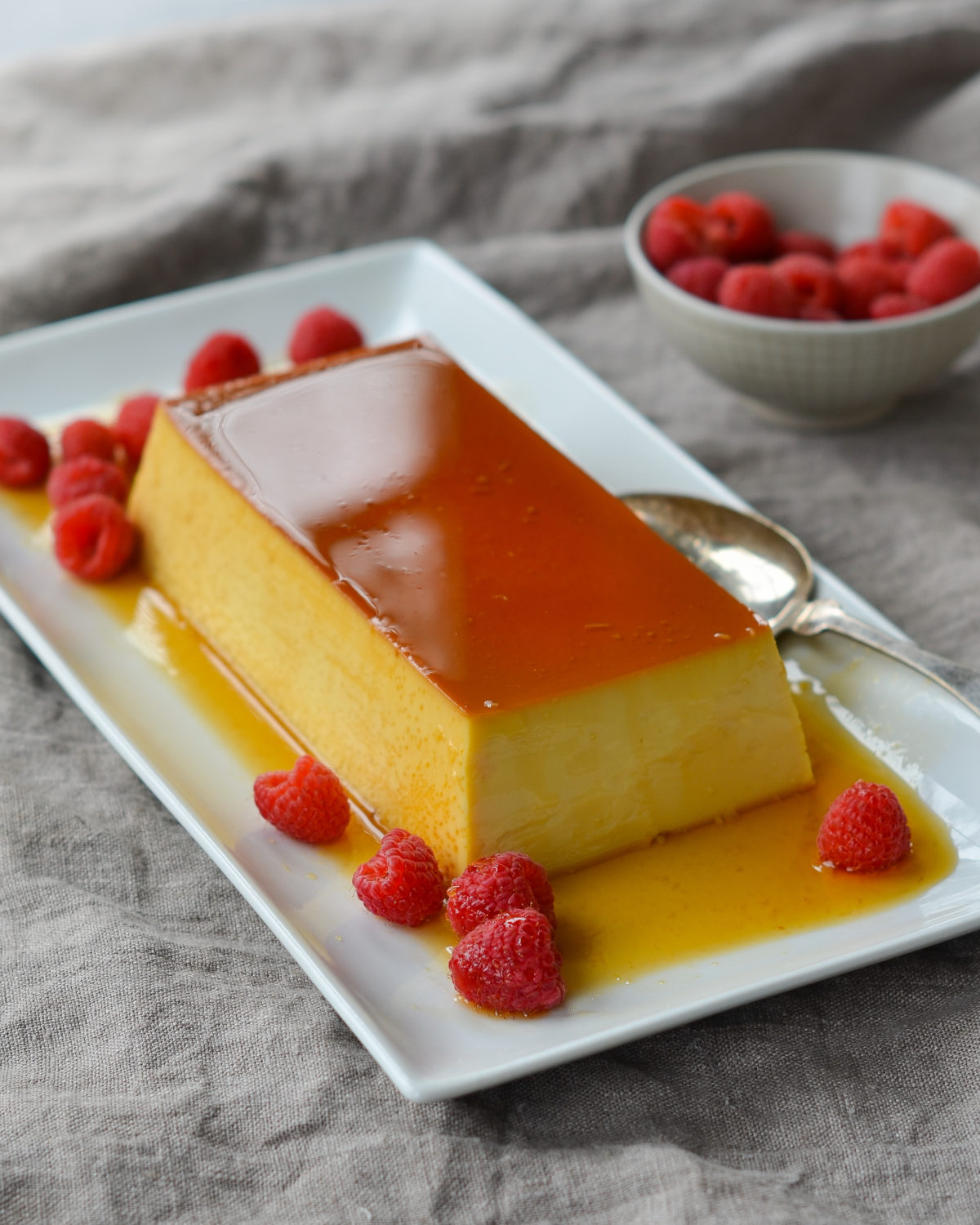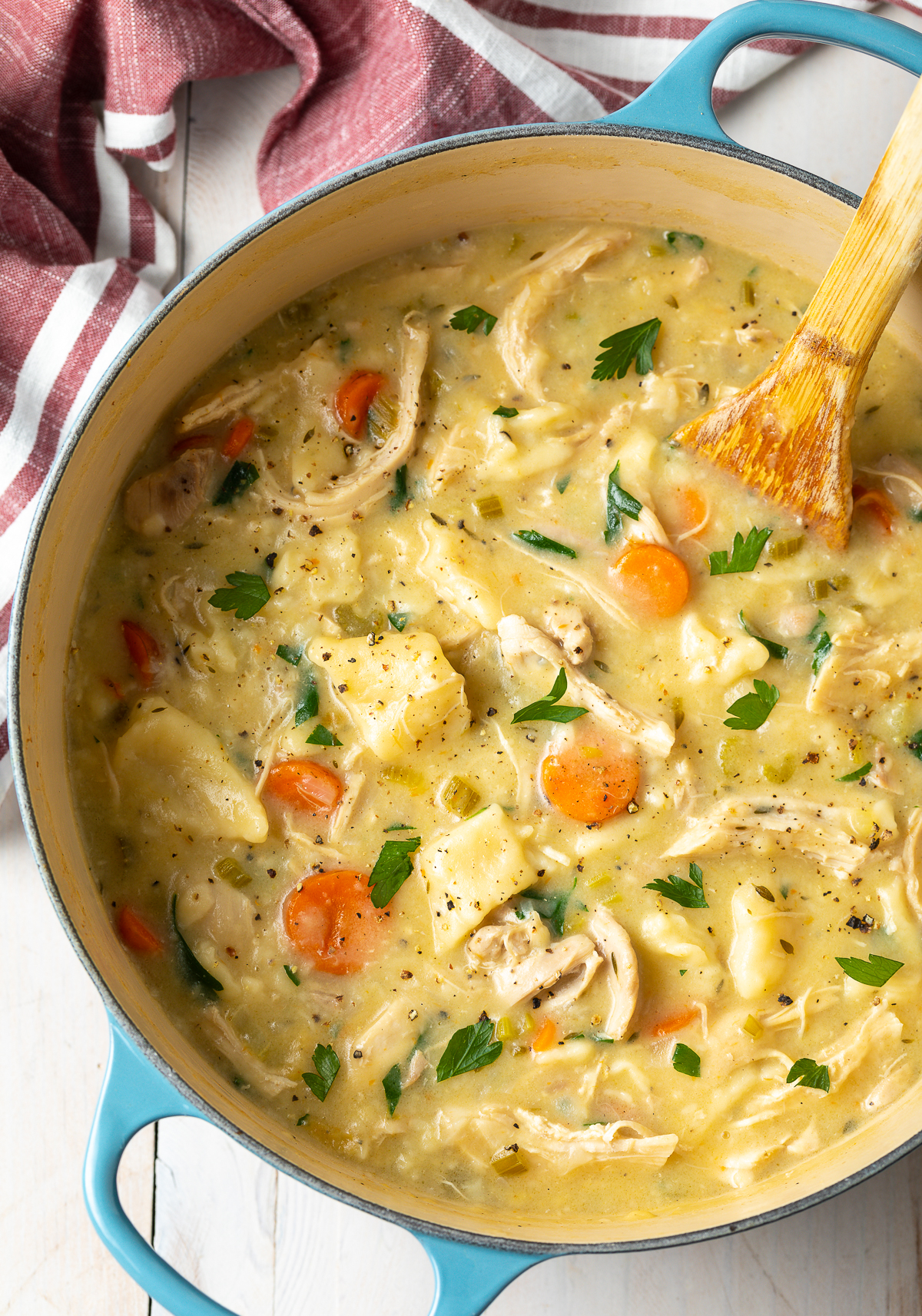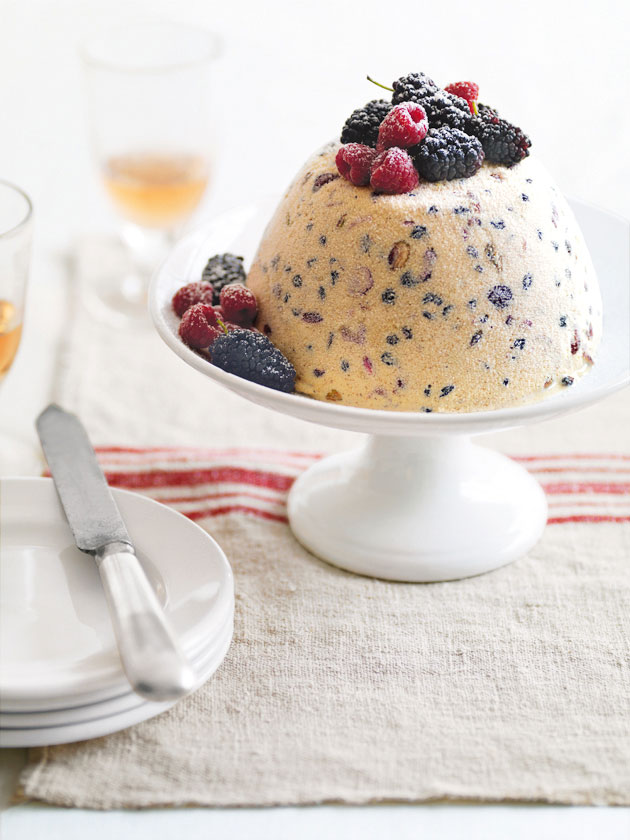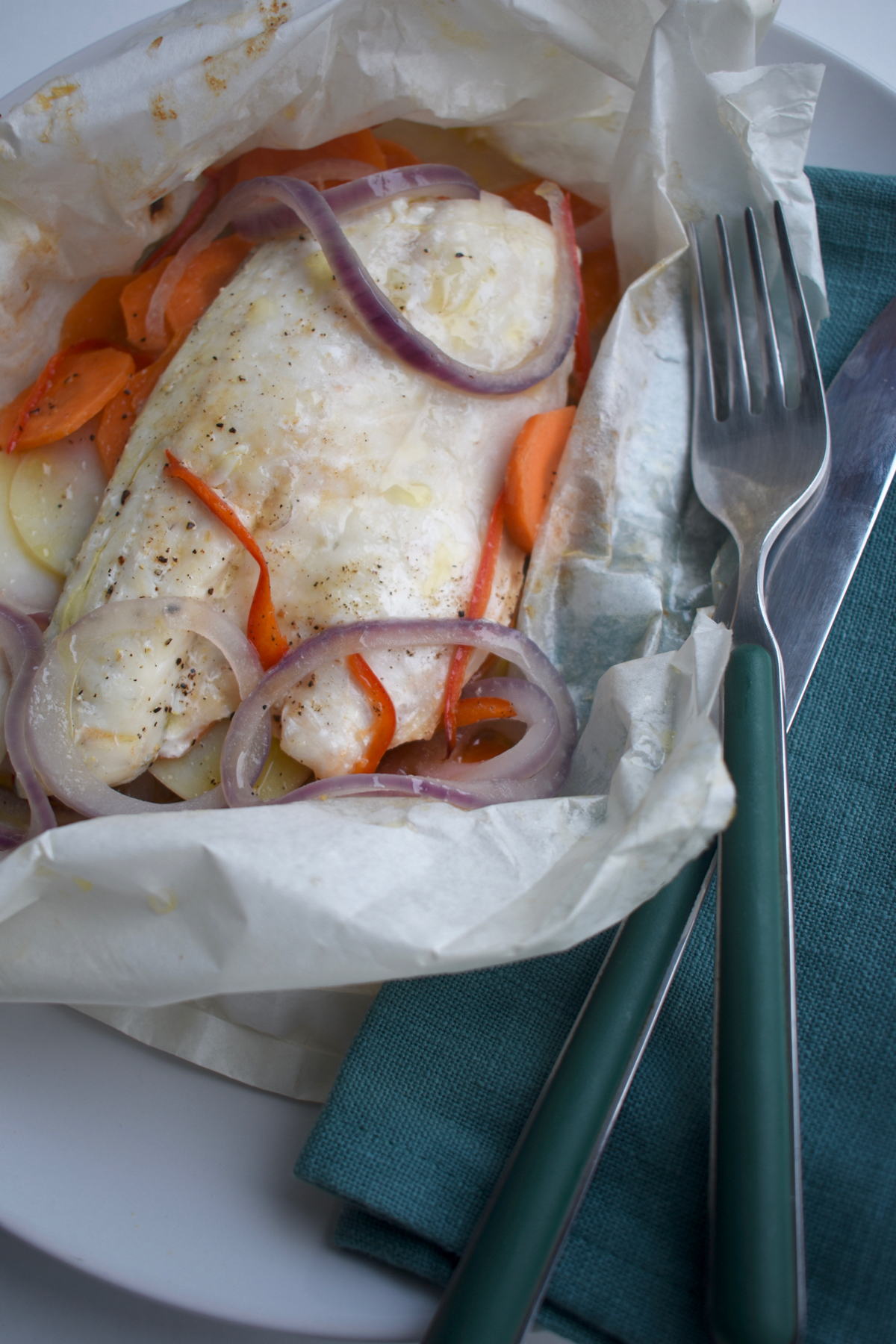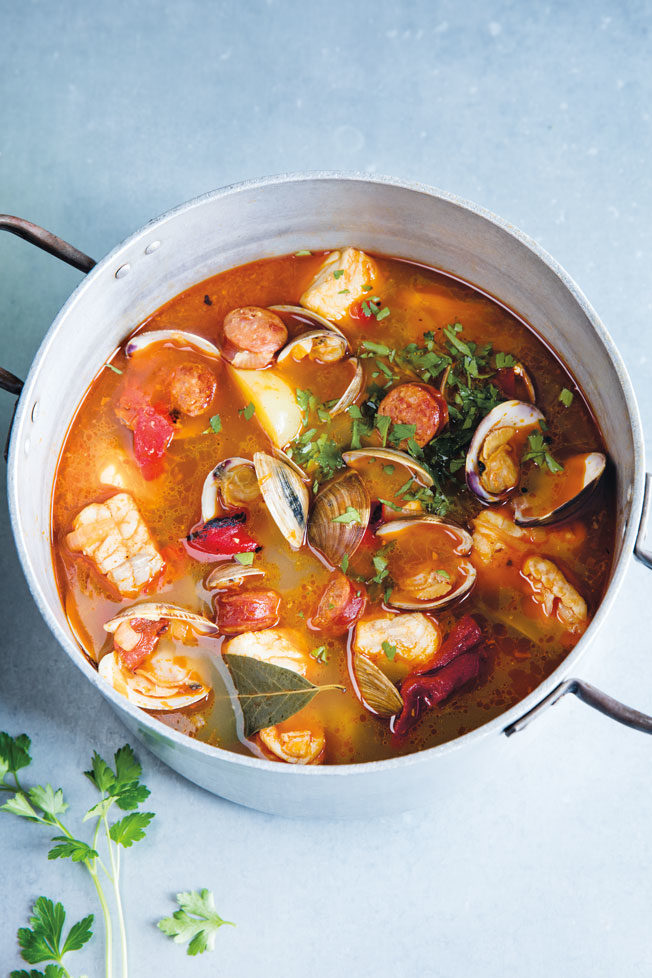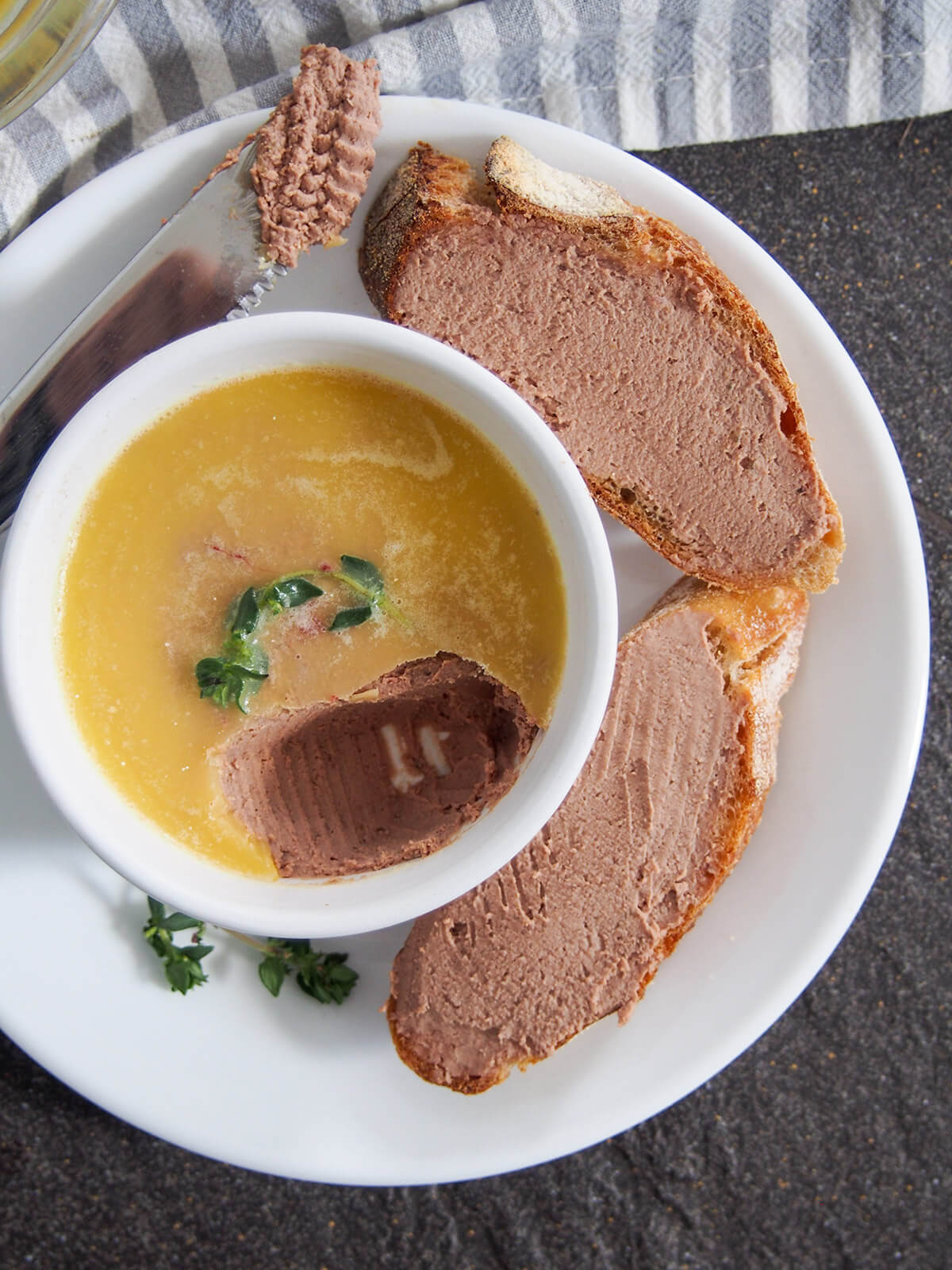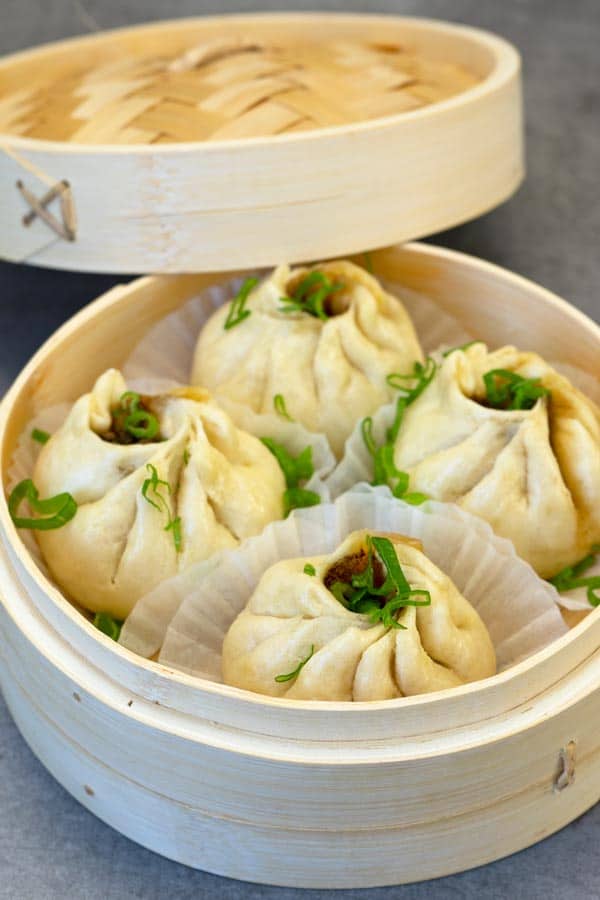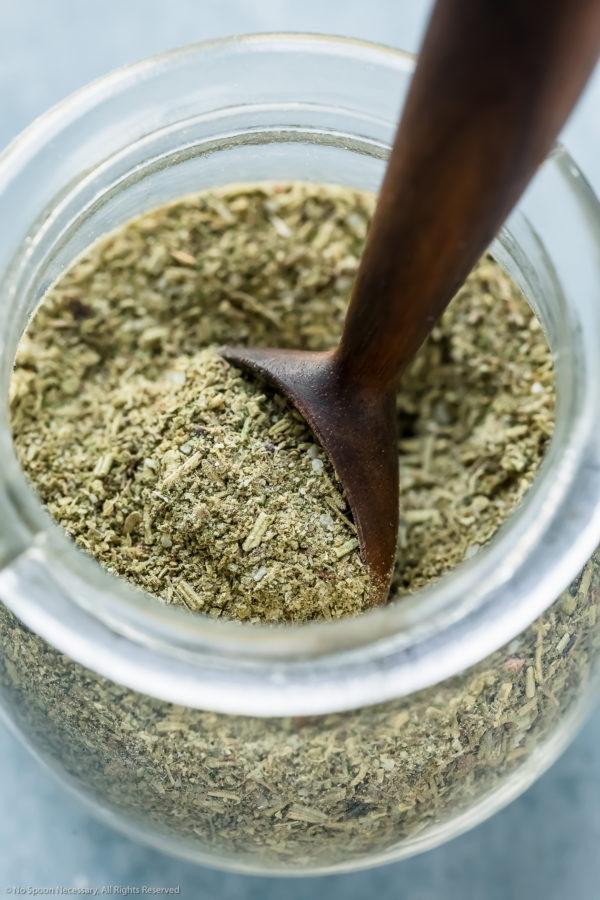Pakistani cuisine is a rich and diverse blend of flavors and traditions, influenced by the country's history and geography. Among the many mouth-watering dishes that make up this cuisine, there are a few that stand out and have become famous not only in Pakistan but also around the world. One such dish is biryani, a fragrant and flavorful rice dish that has become synonymous with Pakistani cuisine. Biryani is not just a dish, it is a cultural phenomenon that has stood the test of time and continues to be a beloved staple in households and restaurants alike.
The Origins of Biryani
A Mughal Legacy
The origins of biryani can be traced back to the Mughal era in the Indian subcontinent. The Mughals, known for their lavish lifestyle and love for food, introduced biryani as a royal dish. It was made with fragrant basmati rice, tender meat, and a complex blend of spices, and was typically served at grand feasts and celebrations. Over time, biryani spread from the royal courts to the common people, and today it is a popular dish not only in Pakistan but also in India, Bangladesh, and many other countries.
Regional Variations
While biryani has its roots in the Mughal cuisine, it has evolved and adapted to the local flavors and traditions of different regions in Pakistan. For example, Sindhi biryani is known for its spicy and tangy flavor, while the biryani from Lahore is milder and has a more pronounced aroma of saffron. Each region has its own unique take on biryani, making it a versatile dish that can cater to different palates.
The Making of Biryani
The Perfect Blend of Spices
The key to a delicious biryani lies in the perfect blend of spices. The most important spice in biryani is
garam masala, a fragrant mix of ground spices that includes
cumin, cardamom, cinnamon, cloves, and black pepper. Other essential spices include
coriander, turmeric, and red chili powder. The spices are first roasted and ground to bring out their flavors and then added to the meat, which is then cooked until tender.
The Art of Layering
What sets biryani apart from other rice dishes is the unique layering technique used to cook it. The meat and rice are first cooked separately, and then layered on top of each other in a pot. The layers are infused with
saffron-infused milk, fried onions, and mint leaves, which add depth and flavor to the dish. The pot is then sealed and cooked on low heat, allowing the flavors to meld together and create the perfect biryani.
The Legacy of Biryani
Biryani has come a long way from being a royal dish to becoming a staple in Pakistani households. It is a dish that brings people together, and no celebration or gathering is complete without a steaming pot of biryani. Its popularity has also spread to other countries, and today it is a must-try for anyone visiting Pakistan. Biryani truly represents the rich and diverse culture of Pakistan and continues to be a source of pride for the country.
In conclusion, biryani is not just a dish, it is a symbol of the rich and flavorful Pakistani cuisine. Its origins, regional variations, and unique cooking technique make it a dish that has stood the test of time and continues to be loved by people all over the world.
HTML code:
Pakistani cuisine is a rich and diverse blend of flavors and traditions, influenced by the country's history and geography. Among the many mouth-watering dishes that make up this cuisine, there are a few that stand out and have become famous not only in Pakistan but also around the world. One such dish is biryani, a fragrant and flavorful rice dish that has become synonymous with Pakistani cuisine. Biryani is not just a dish, it is a cultural phenomenon that has stood the test of time and continues to be a beloved staple in households and restaurants alike.
The Origins of Biryani
A Mughal Legacy
The origins of biryani can be traced back to the Mughal era in the Indian subcontinent. The Mughals, known for their lavish lifestyle and love for food, introduced biryani as a royal dish. It was made with fragrant basmati rice, tender meat, and a complex blend of spices, and was typically served at grand feasts and celebrations. Over time, biryani spread from the royal courts to the common people, and today it is a popular dish not only in Pakistan but also in India, Bangladesh, and many other countries.
Regional Variations
While biryani has its roots in the Mughal cuisine, it has evolved and adapted to the local flavors and traditions of different regions in Pakistan. For example, Sindhi biryani is known for its spicy and tangy flavor, while the biryani from Lahore is milder and has a more pronounced aroma of saffron. Each region has its own unique take on biryani, making it a versatile dish that can cater to different palates.
The Making of Biryani
The Perfect Blend of Spices
The key to a delicious biryani lies in the perfect blend of spices. The most important spice in biryani is garam masala, a fragrant mix of ground spices that includes cumin, cardamom, cinnamon, cloves, and black pepper. Other essential spices include coriander, turmeric, and red chili powder. The spices are first roasted and ground to bring out their flavors and then added to the meat, which is then cooked until tender.
The Art of Layering
What sets biryani apart from other rice dishes is the unique layering technique used to cook it. The meat and rice are first cooked separately, and then layered on top of each other in a pot. The layers are infused with saffron-infused milk, fried onions, and mint leaves, which add depth and flavor to the dish. The pot is then sealed and cooked on low heat, allowing the flavors to meld together and create the perfect biryani.
The Legacy of Biryani
Biryani has come a long way from being a royal dish to becoming a staple in Pakistani households. It is a dish that brings people together, and no celebration or gathering is complete without a steaming pot of biryani. Its popularity has also spread to other countries, and today it is a must-try for anyone visiting Pakistan. Biryani truly represents the rich and diverse culture of Pakistan and continues to be a source of pride for the country.
In conclusion, biryani is not just a dish, it is a symbol of the rich and flavorful Pakistani cuisine. Its origins, regional variations, and unique cooking technique make it a dish that has stood the test of time and continues to be loved by people all over the world.
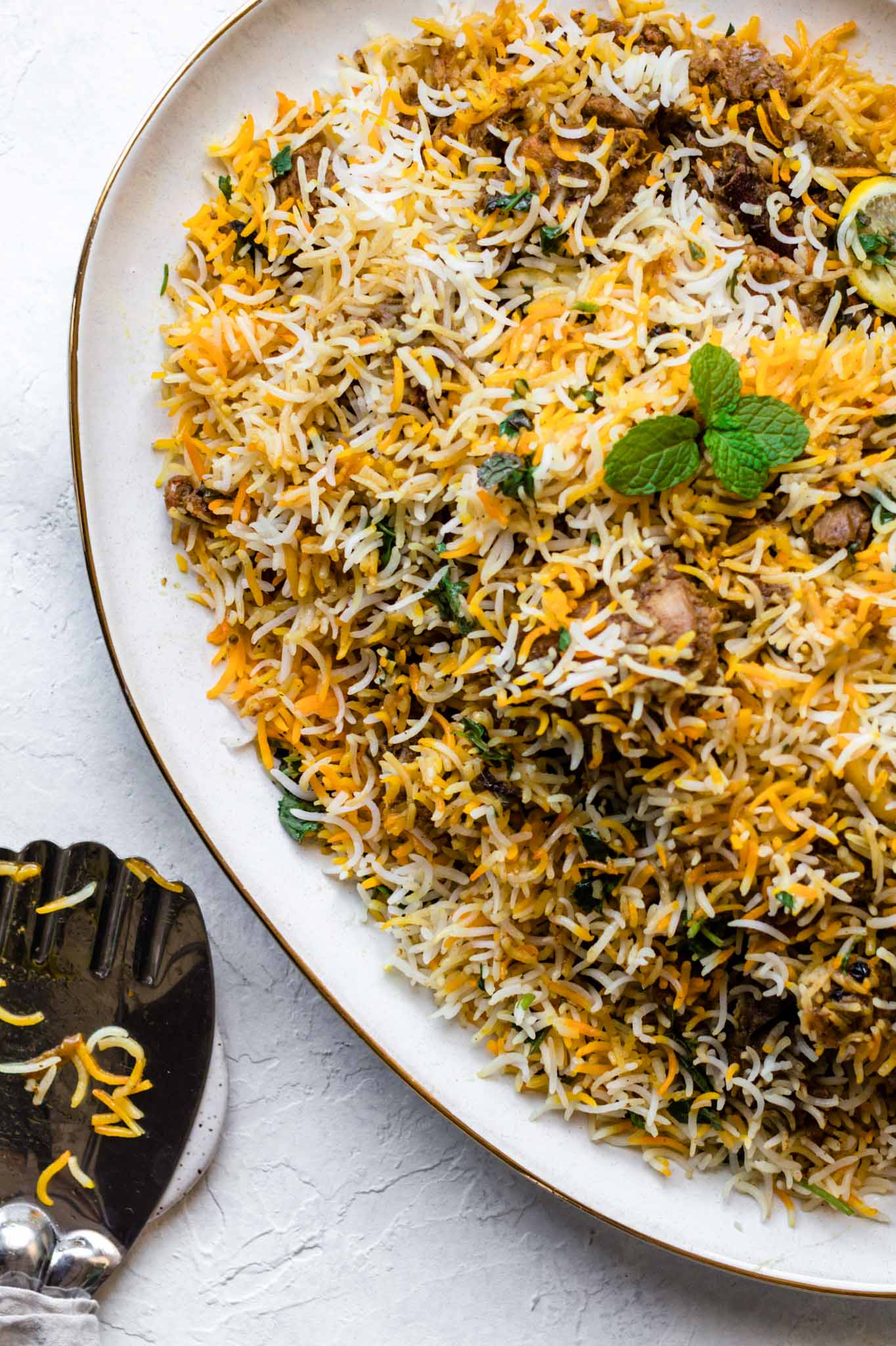

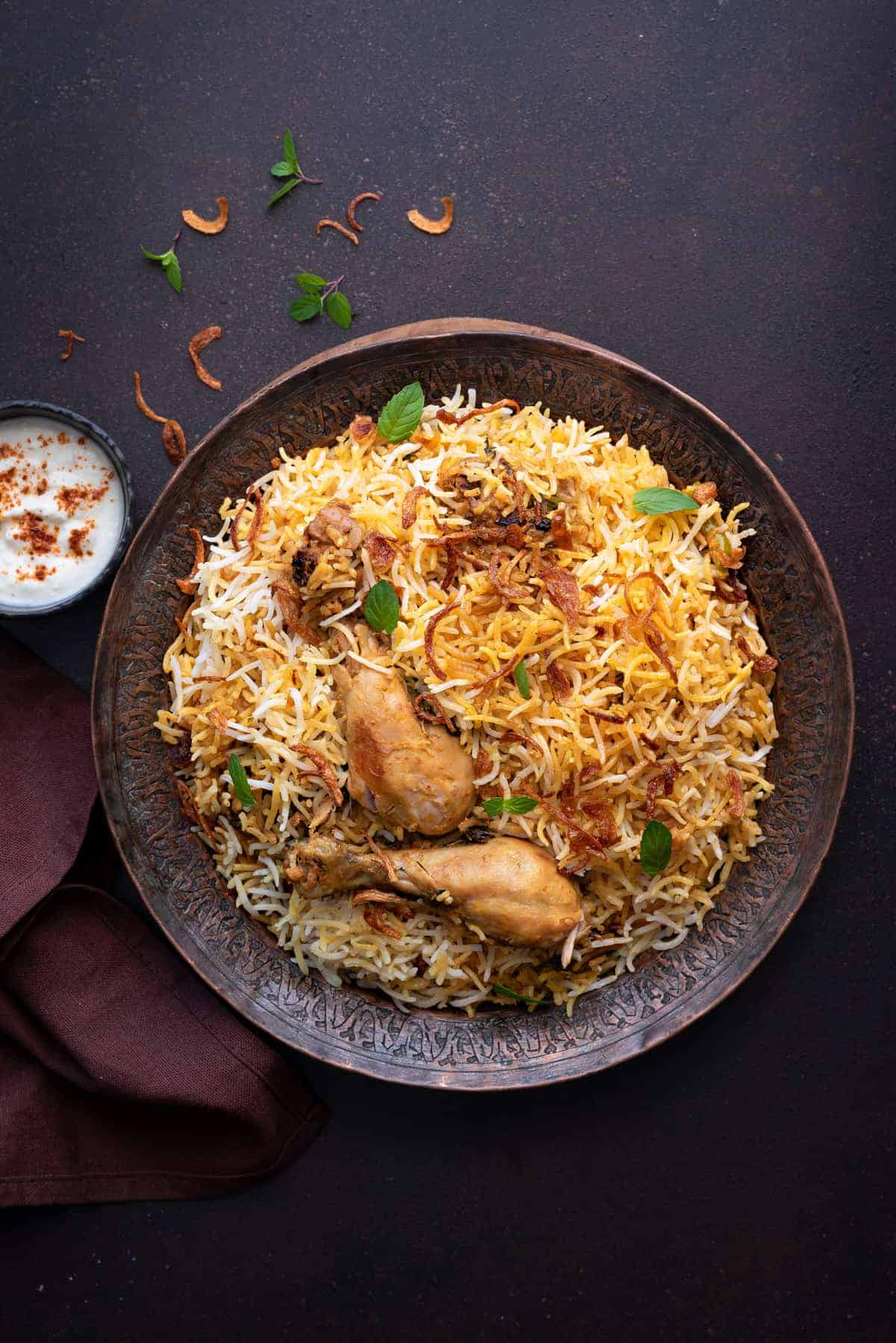

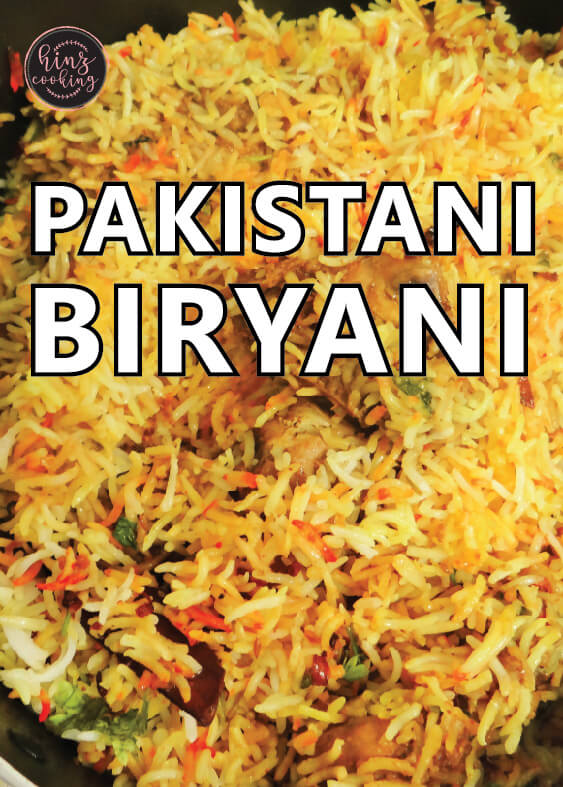



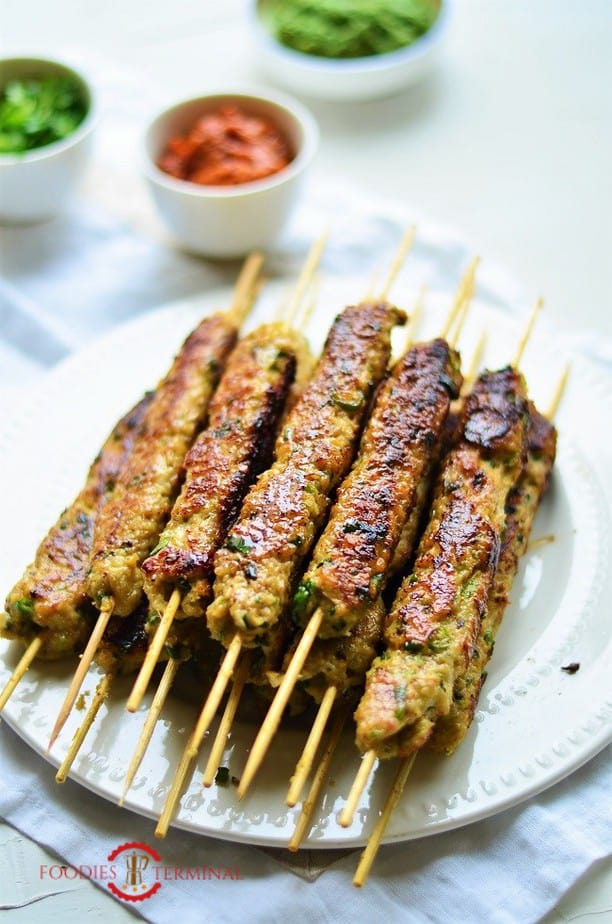


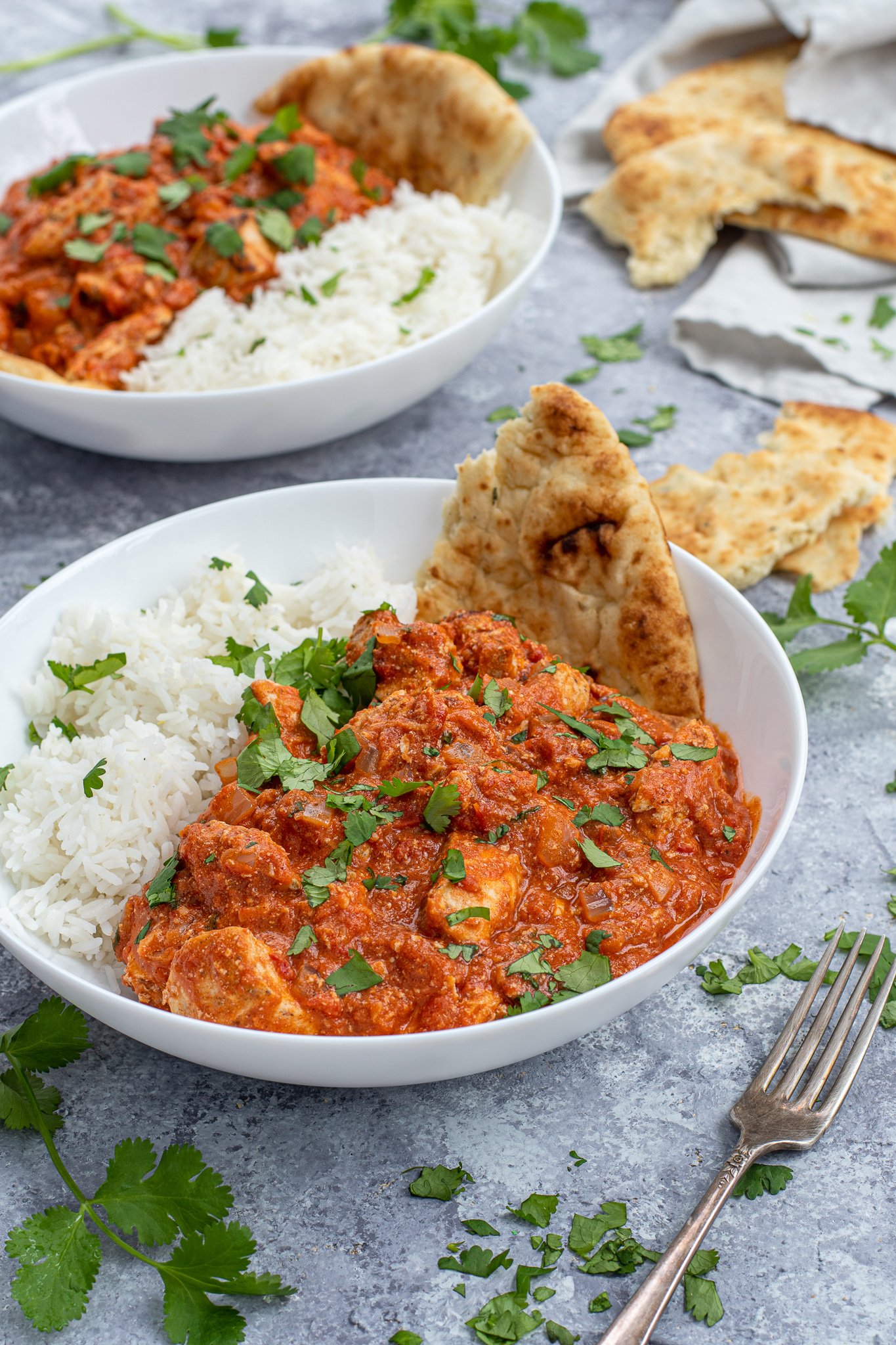
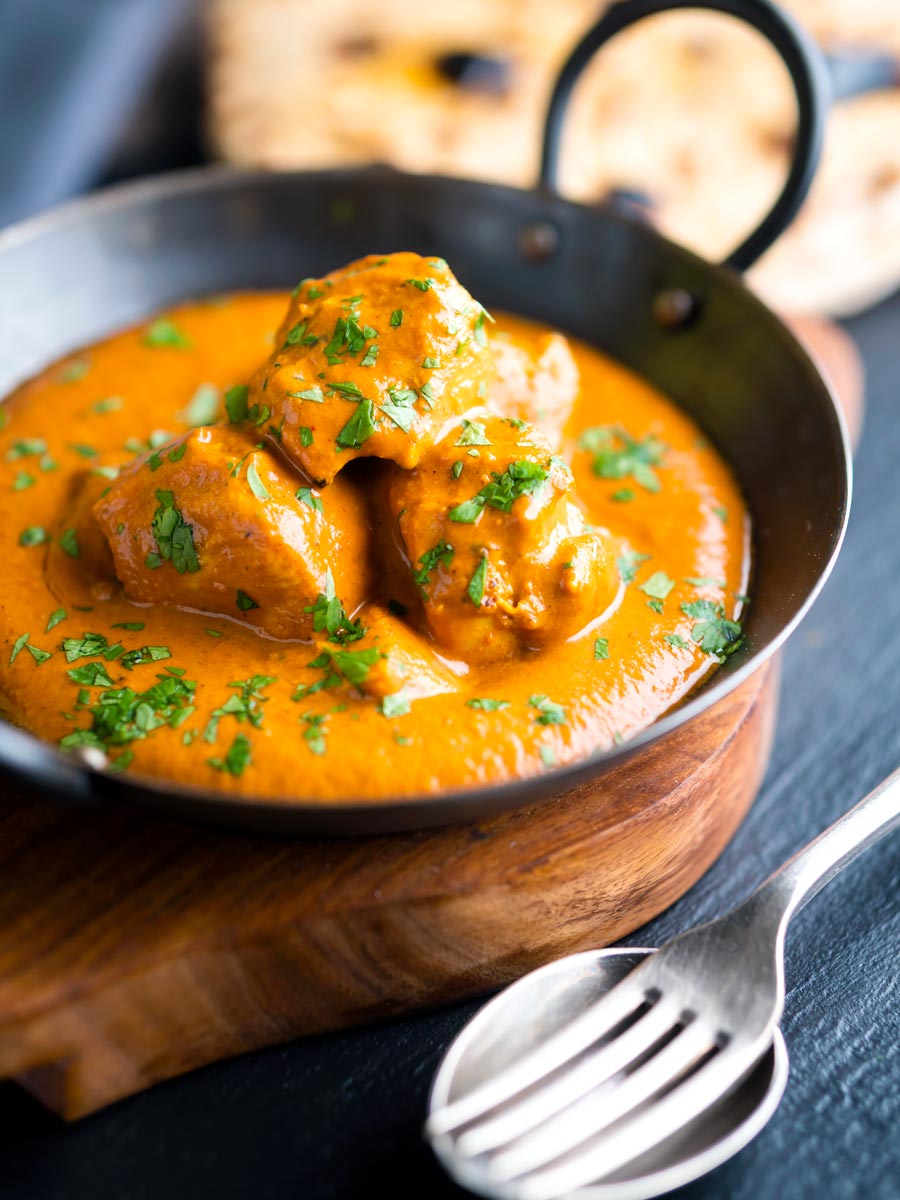





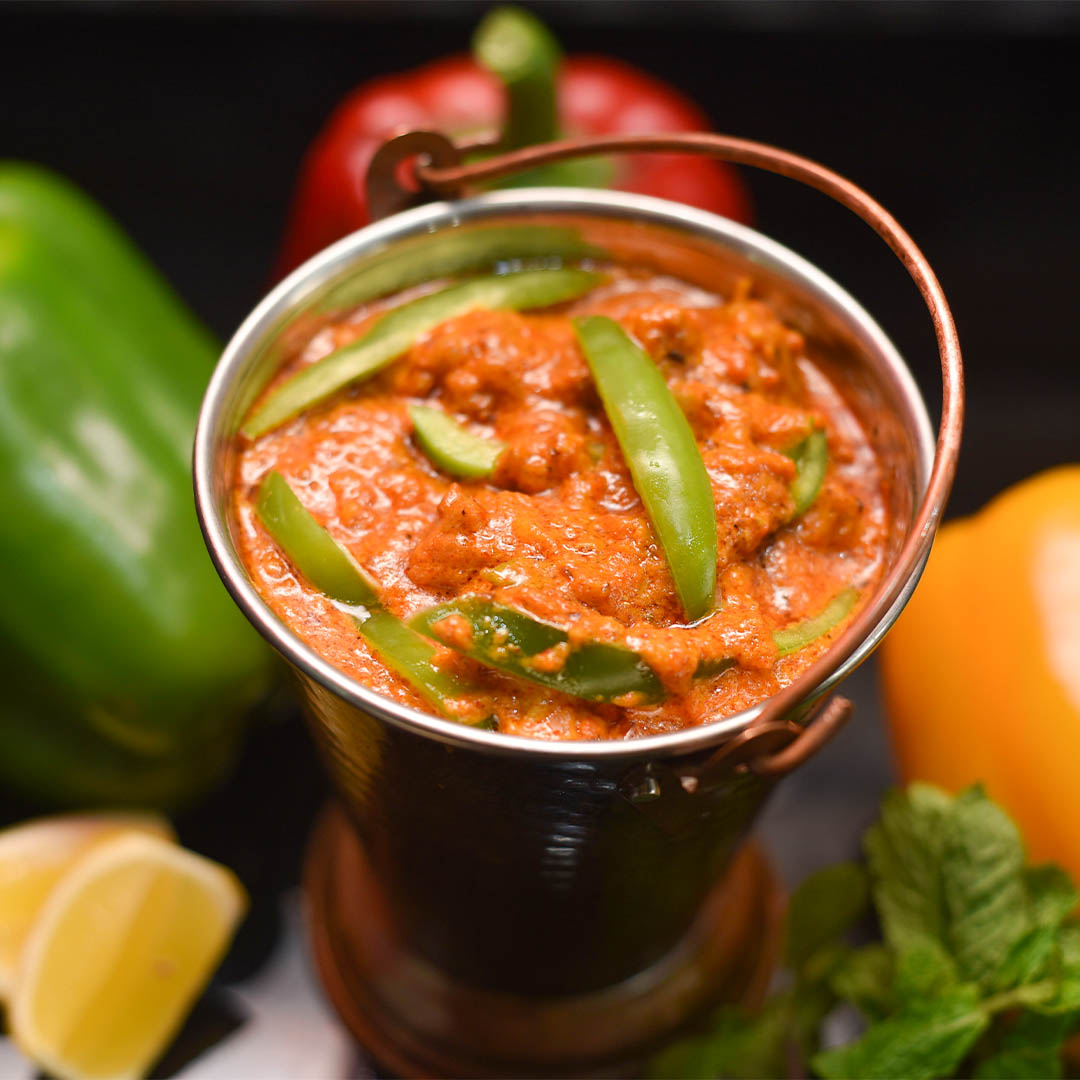

![Balti Gosht [Video] | Claypot recipes, Mutton recipes, Indian food recipes](https://i.pinimg.com/originals/36/ef/cf/36efcf238d1e21024ec02434cad64893.jpg)
